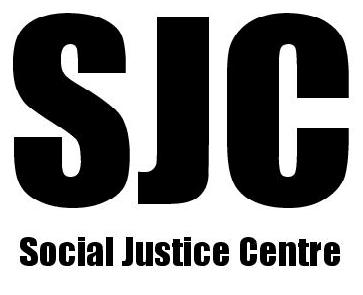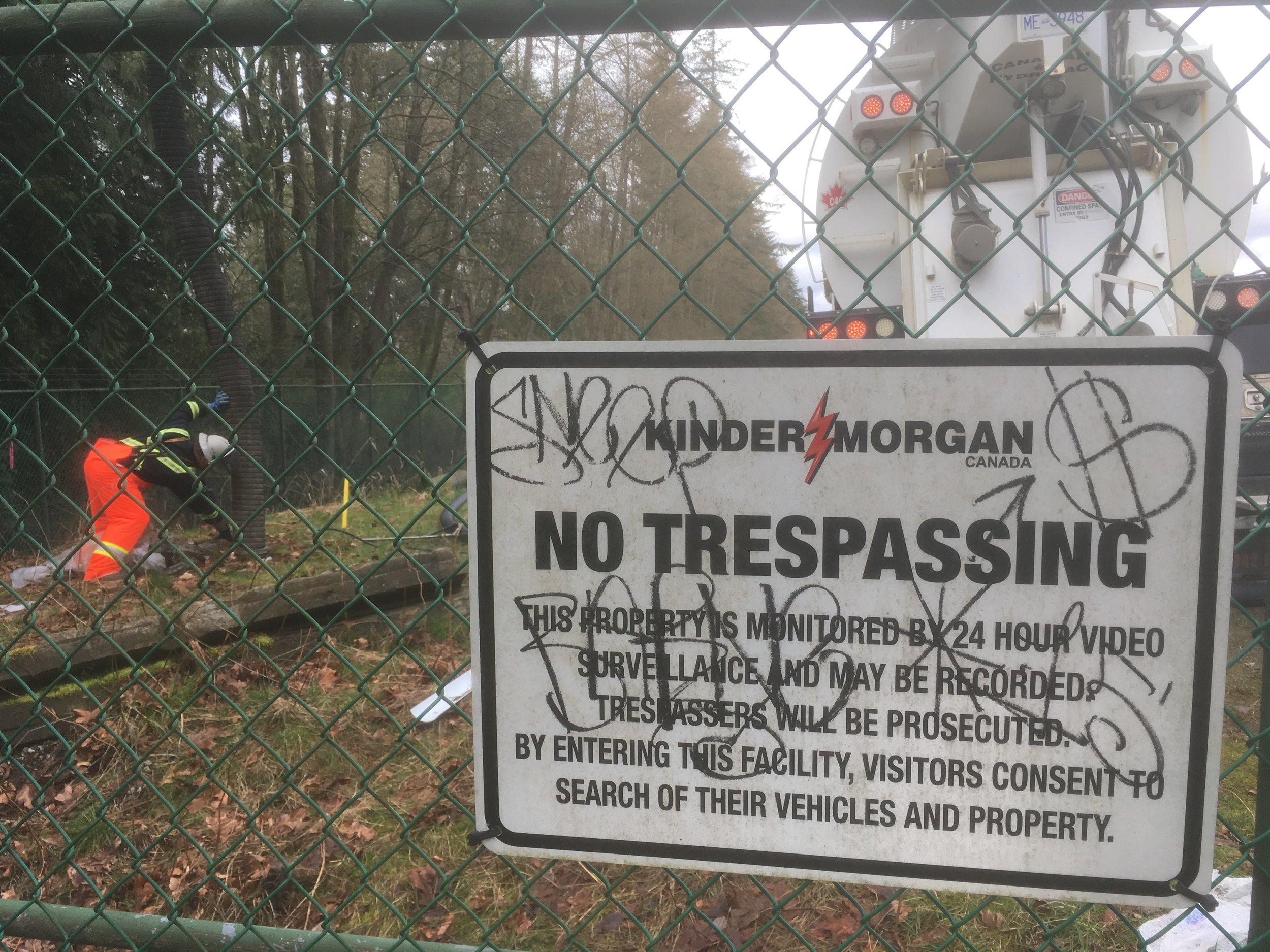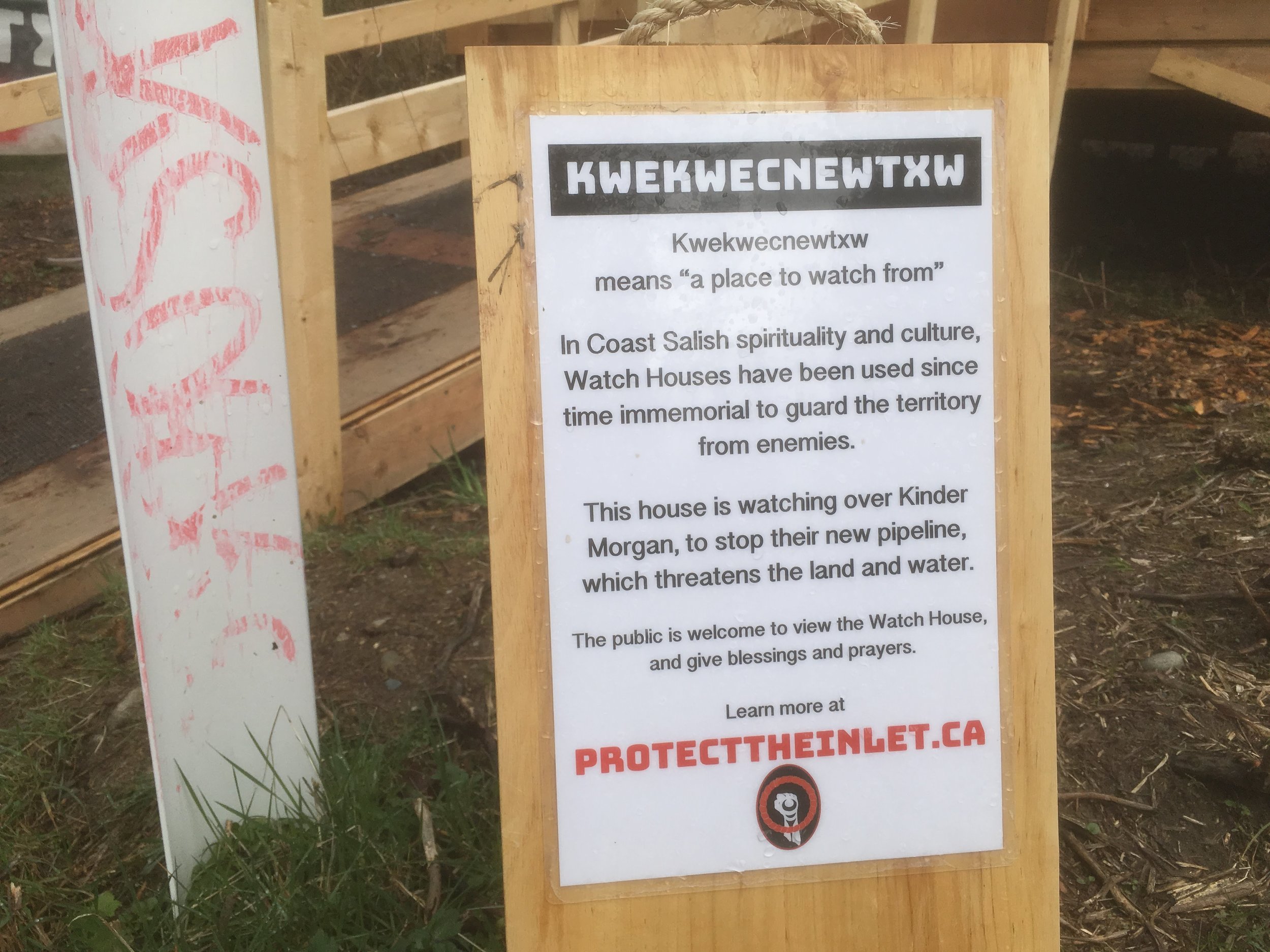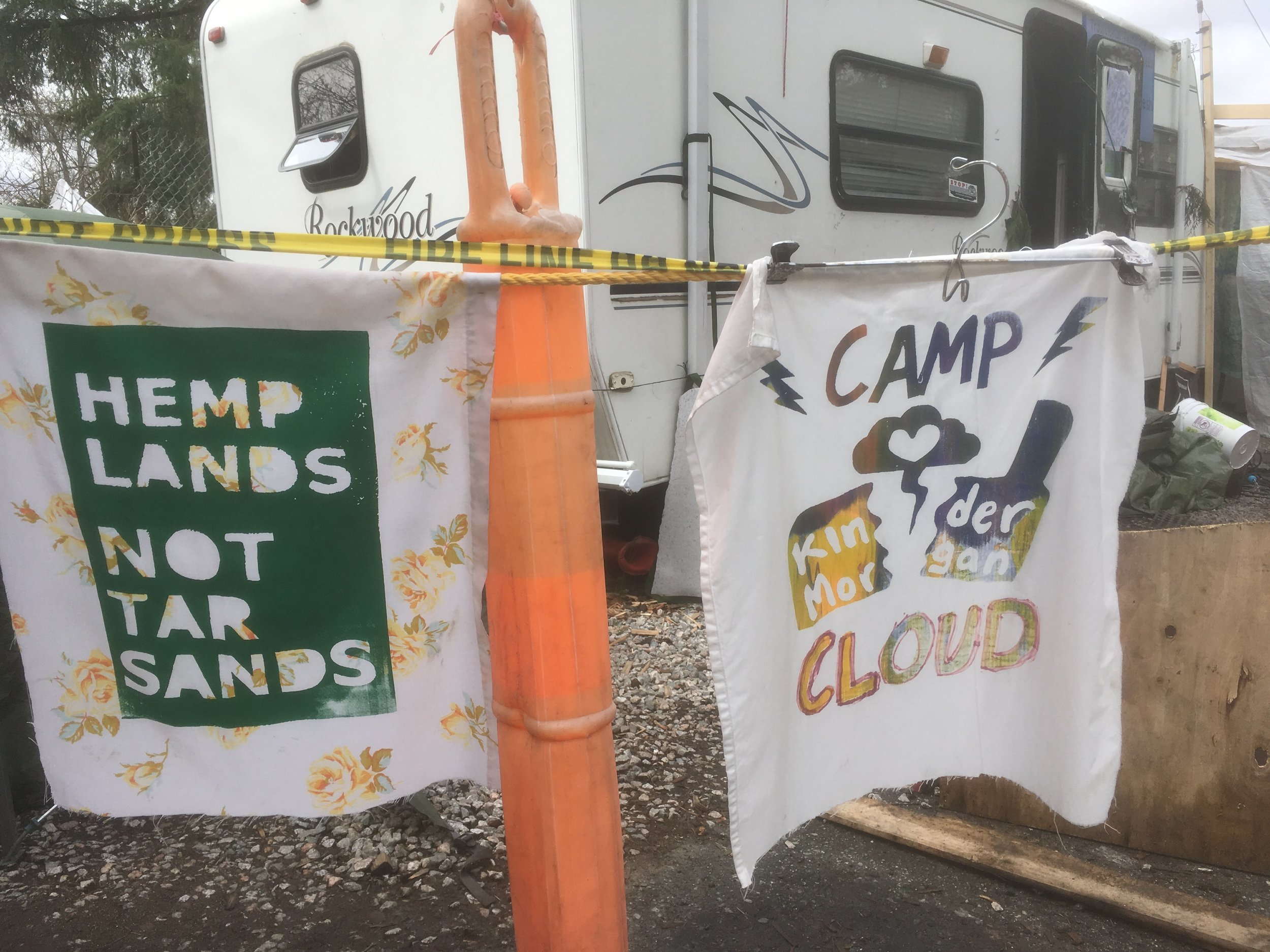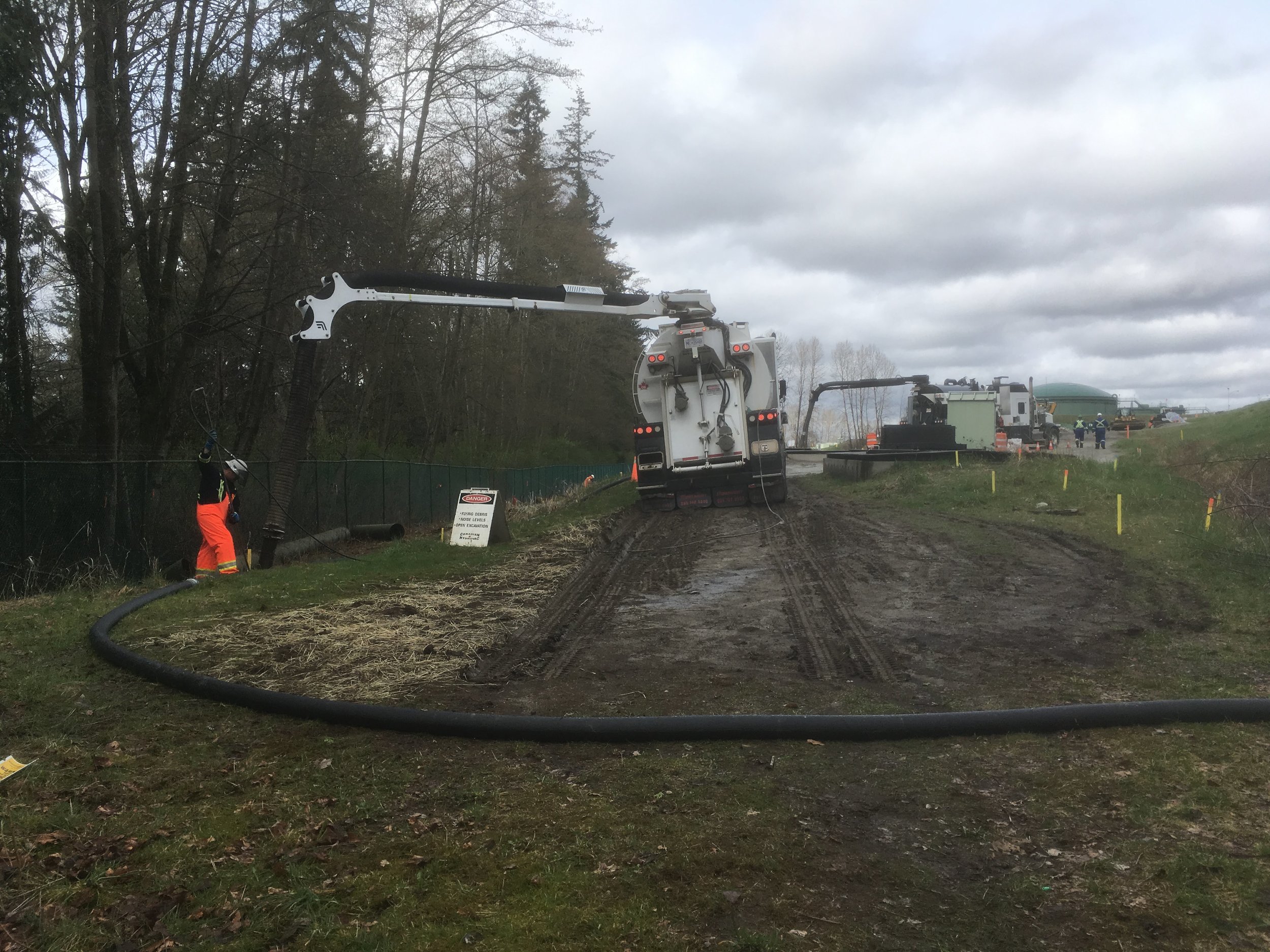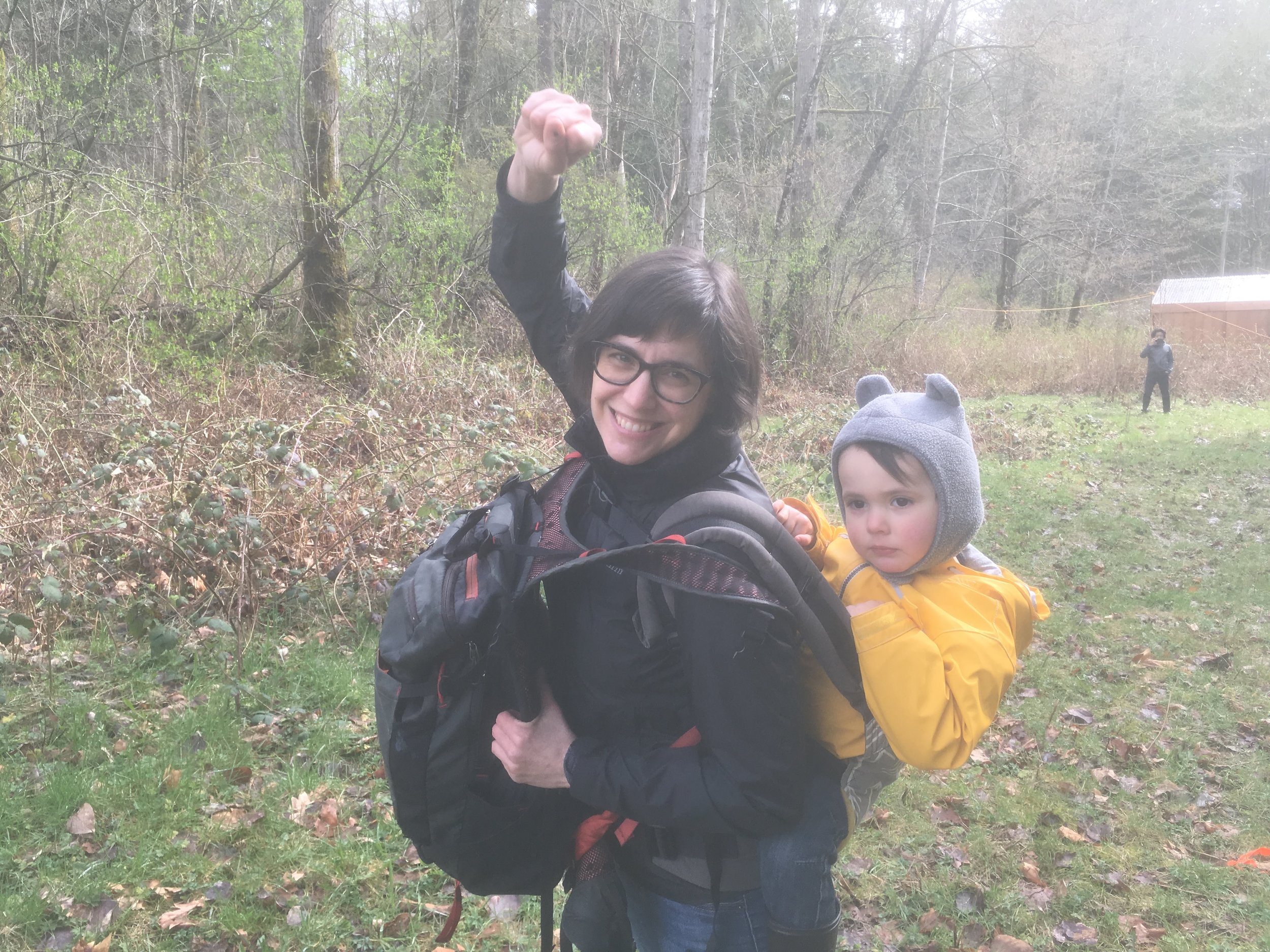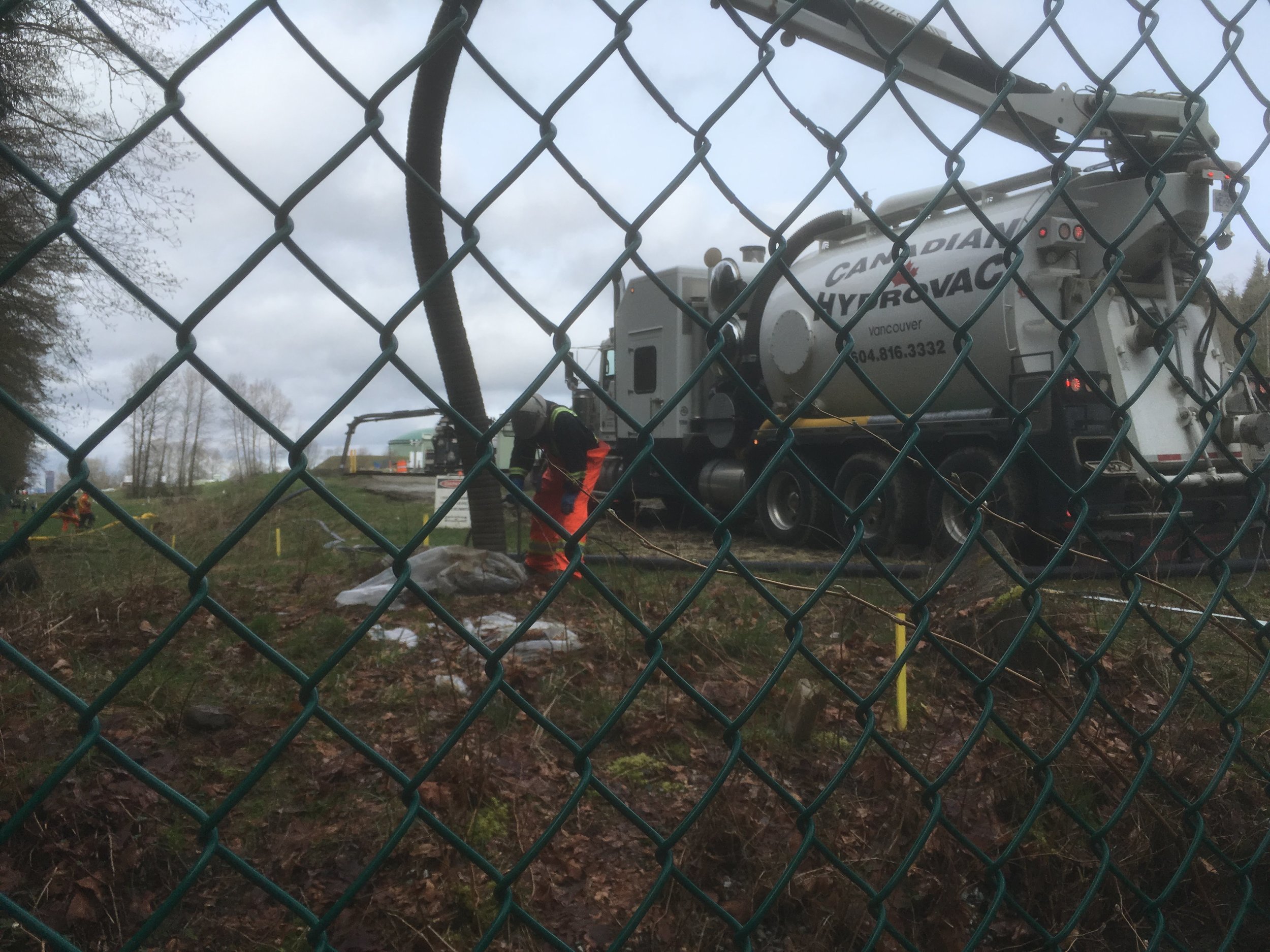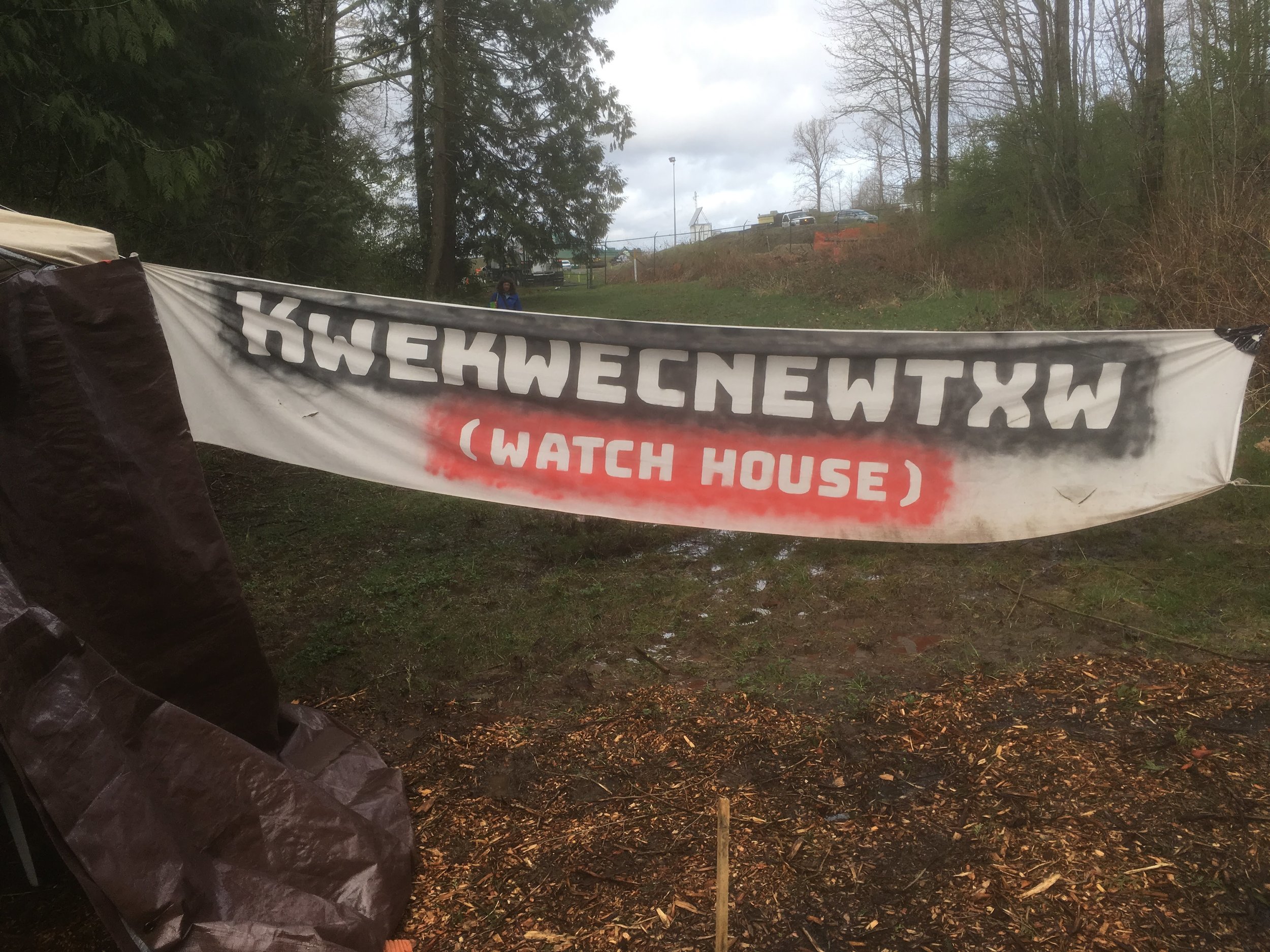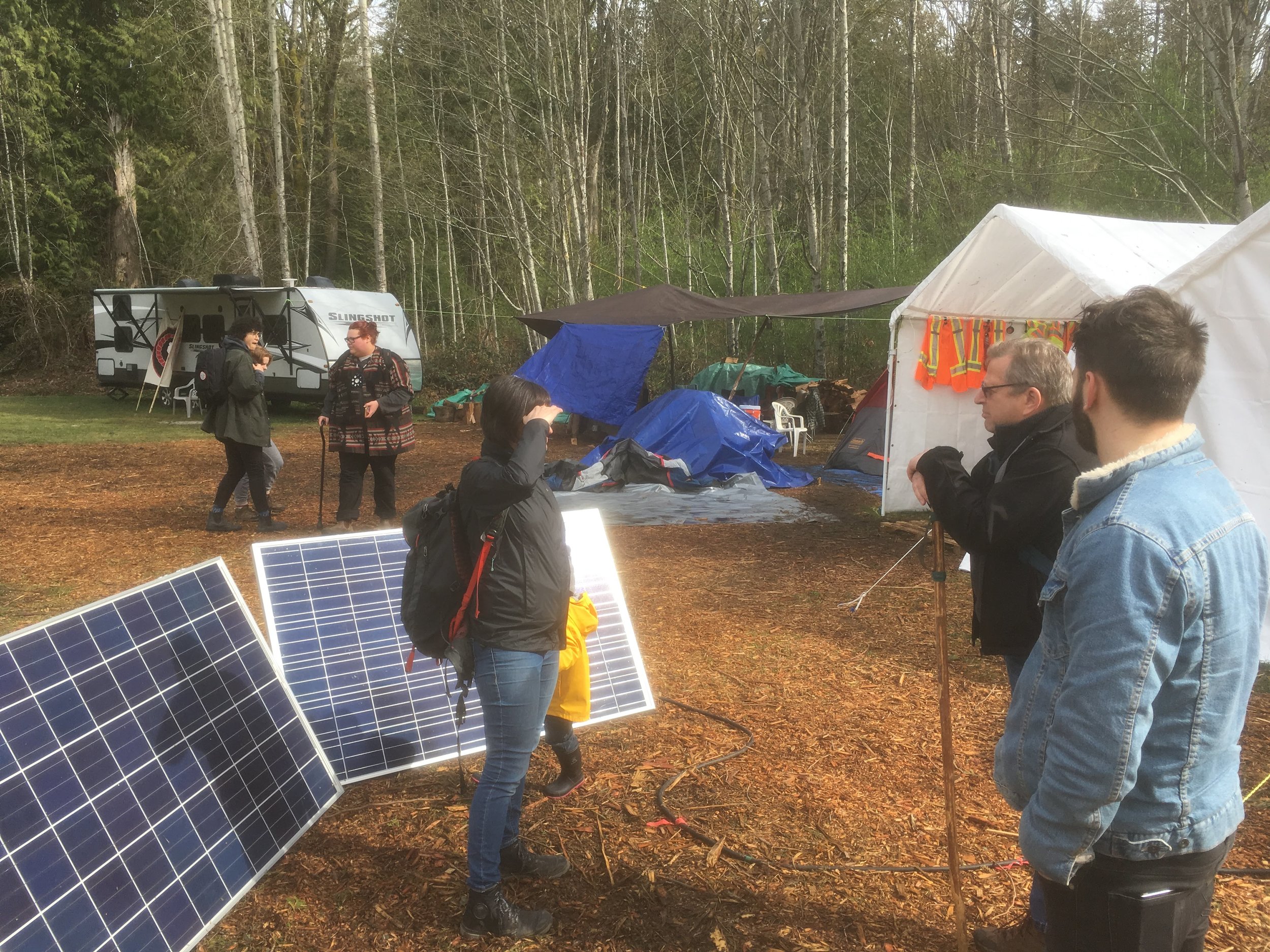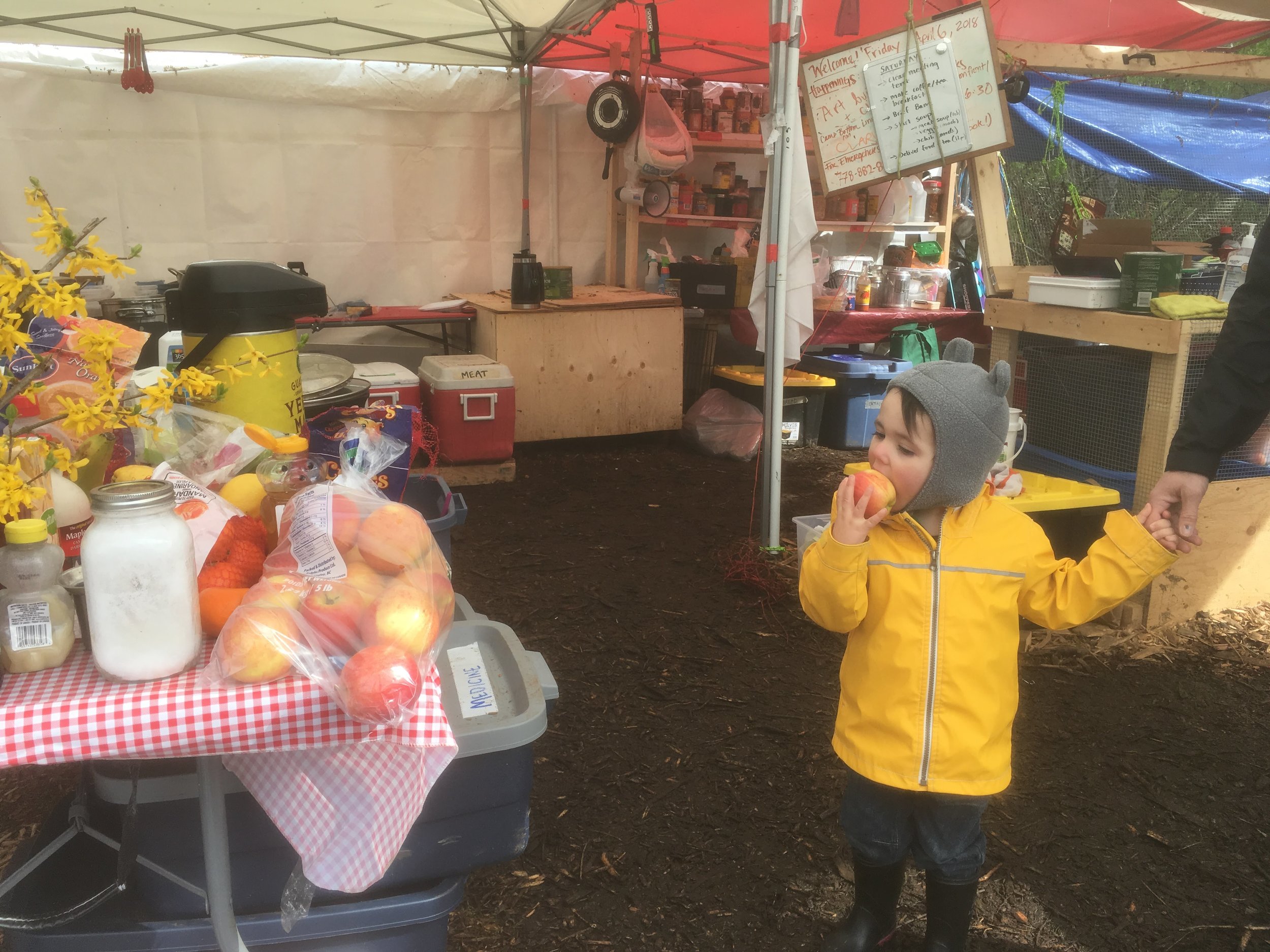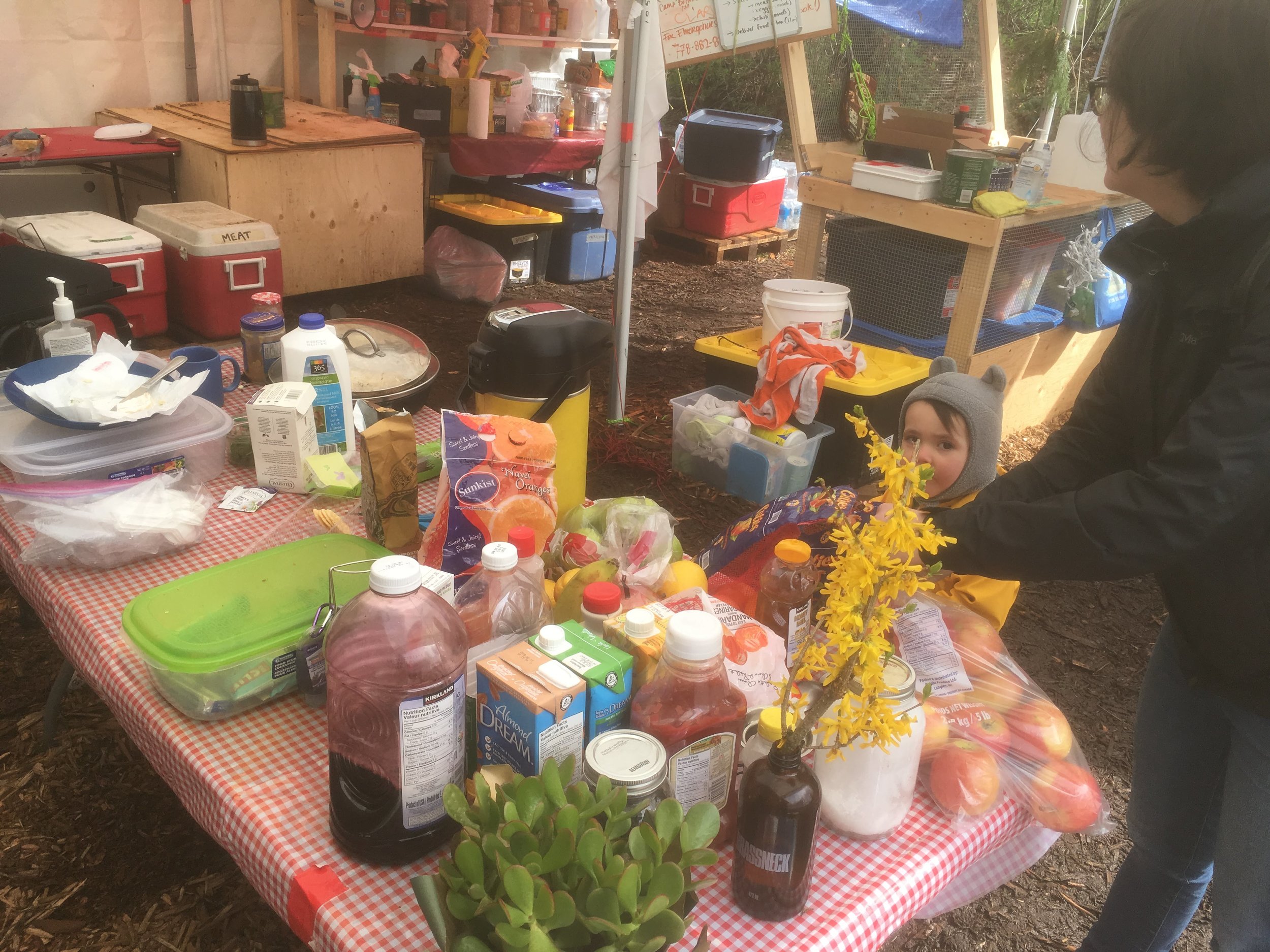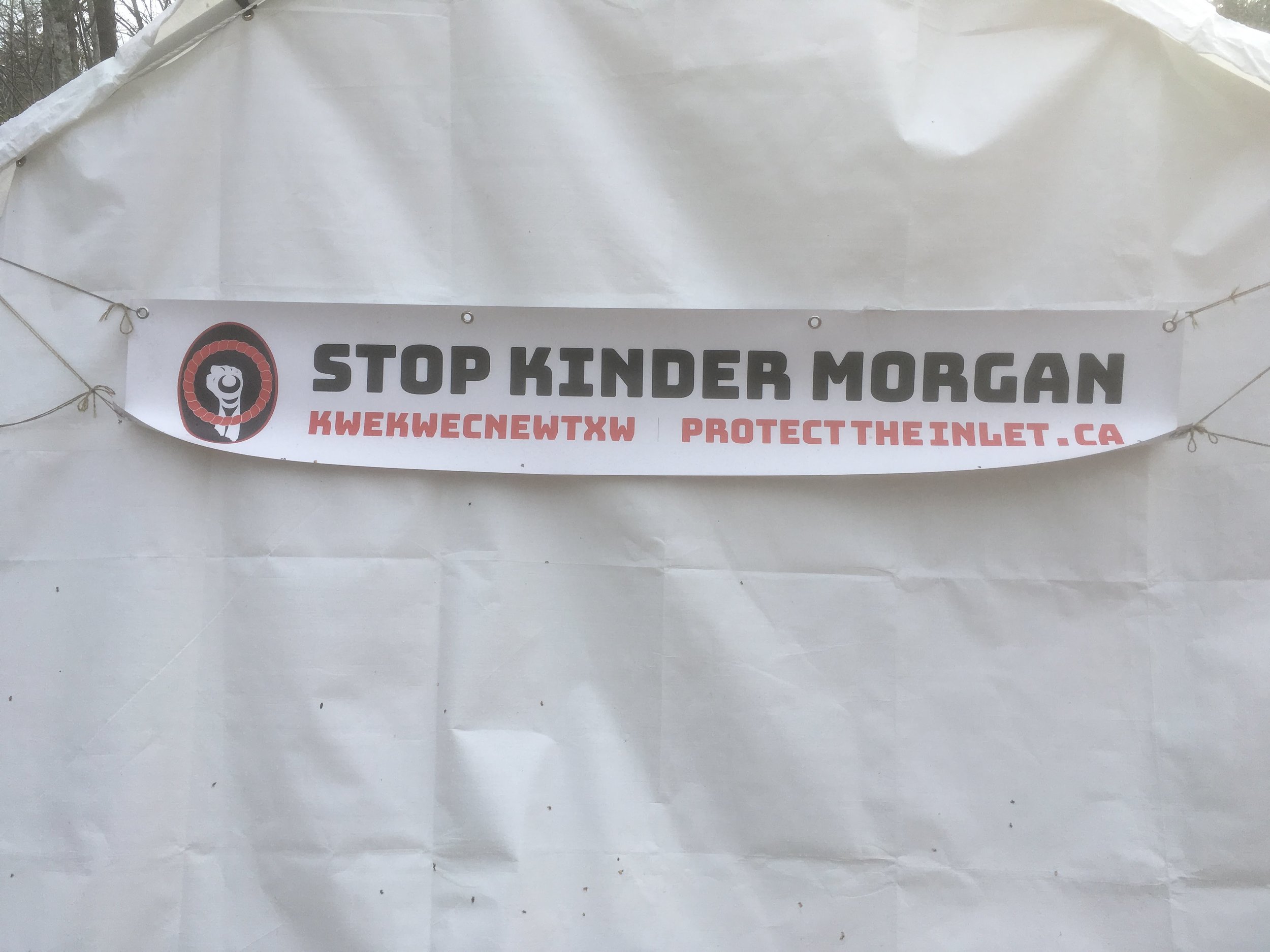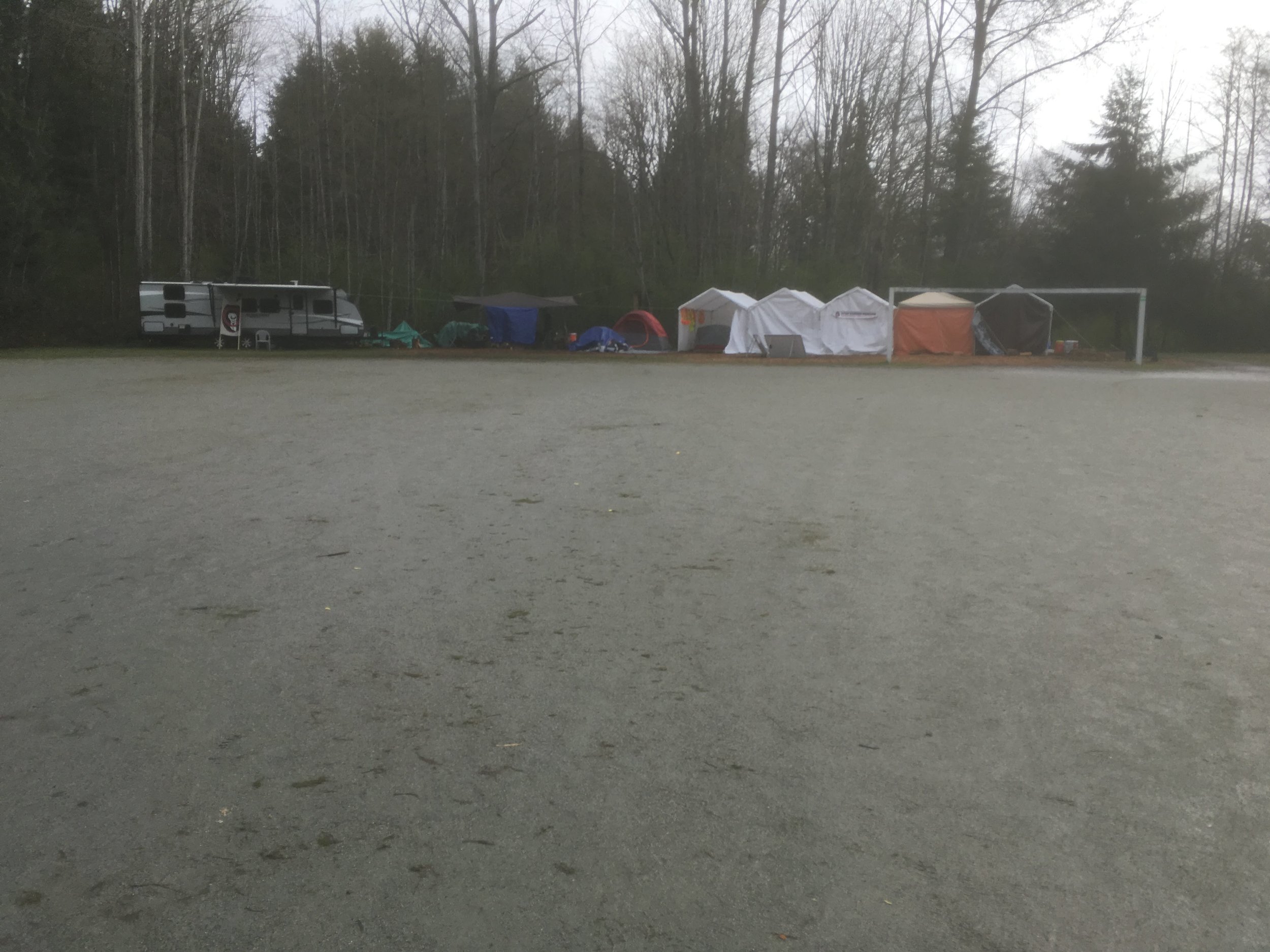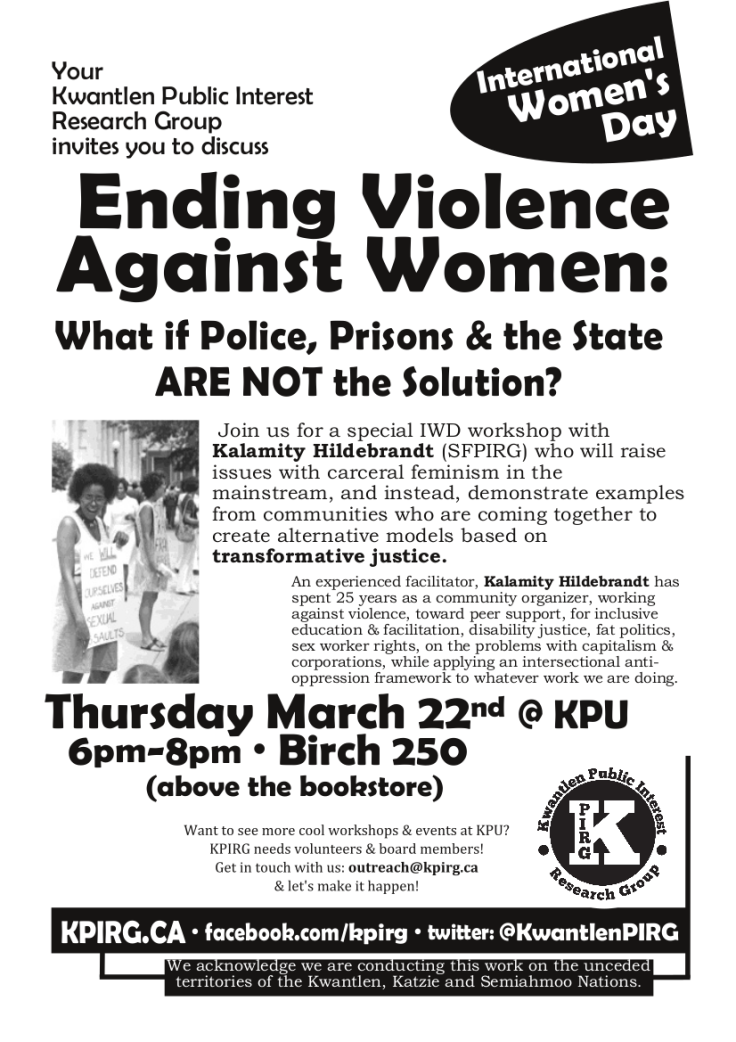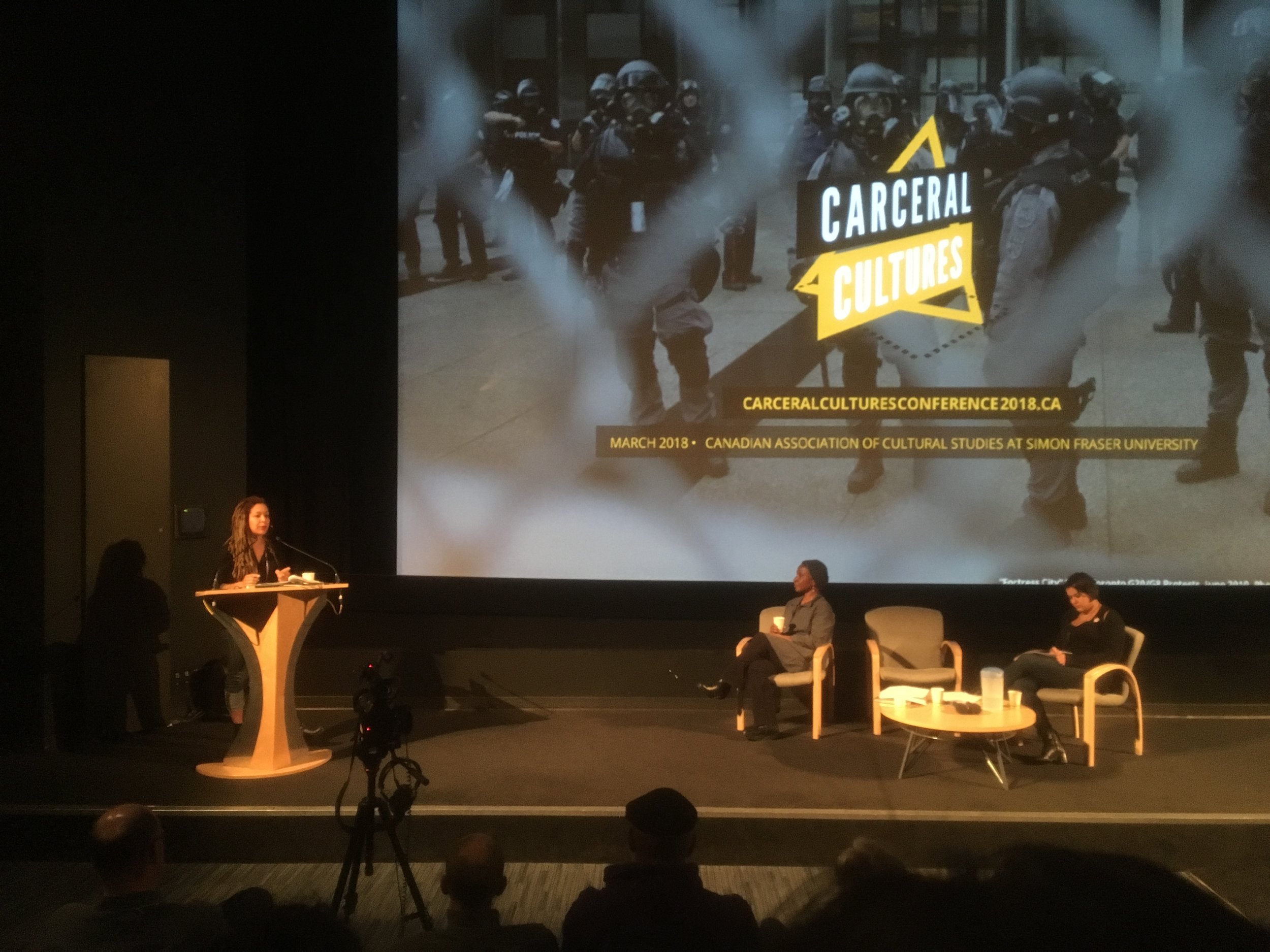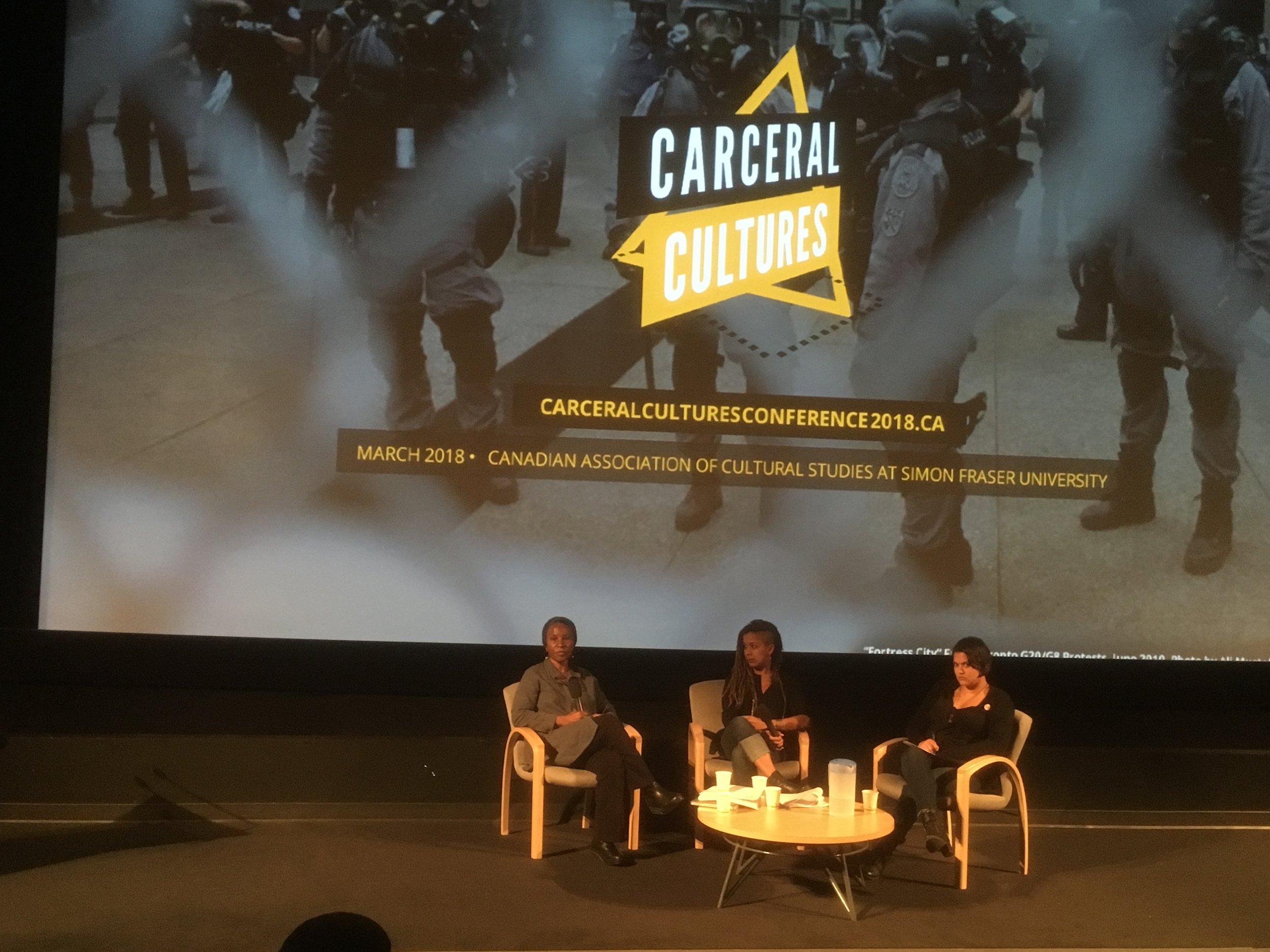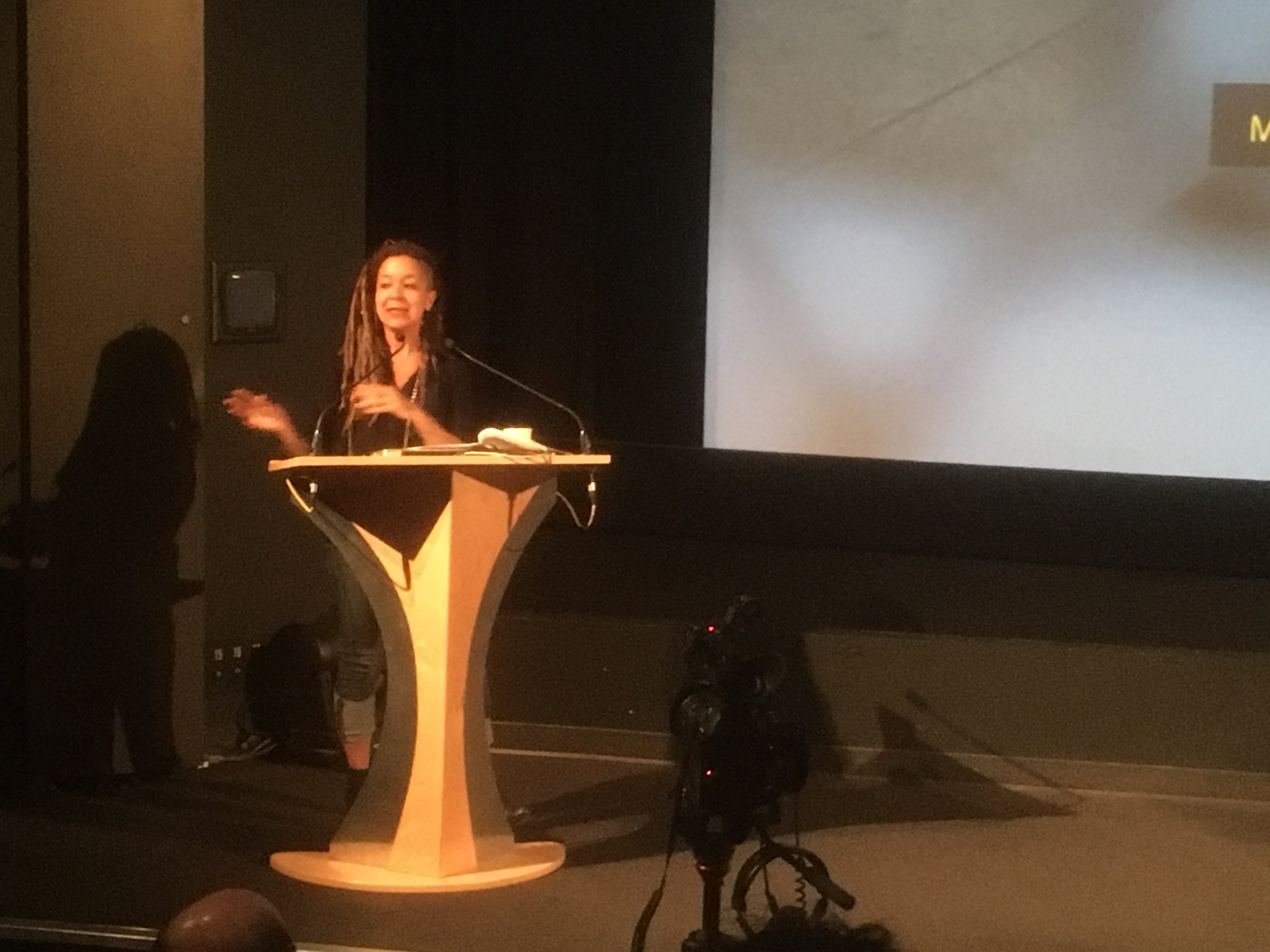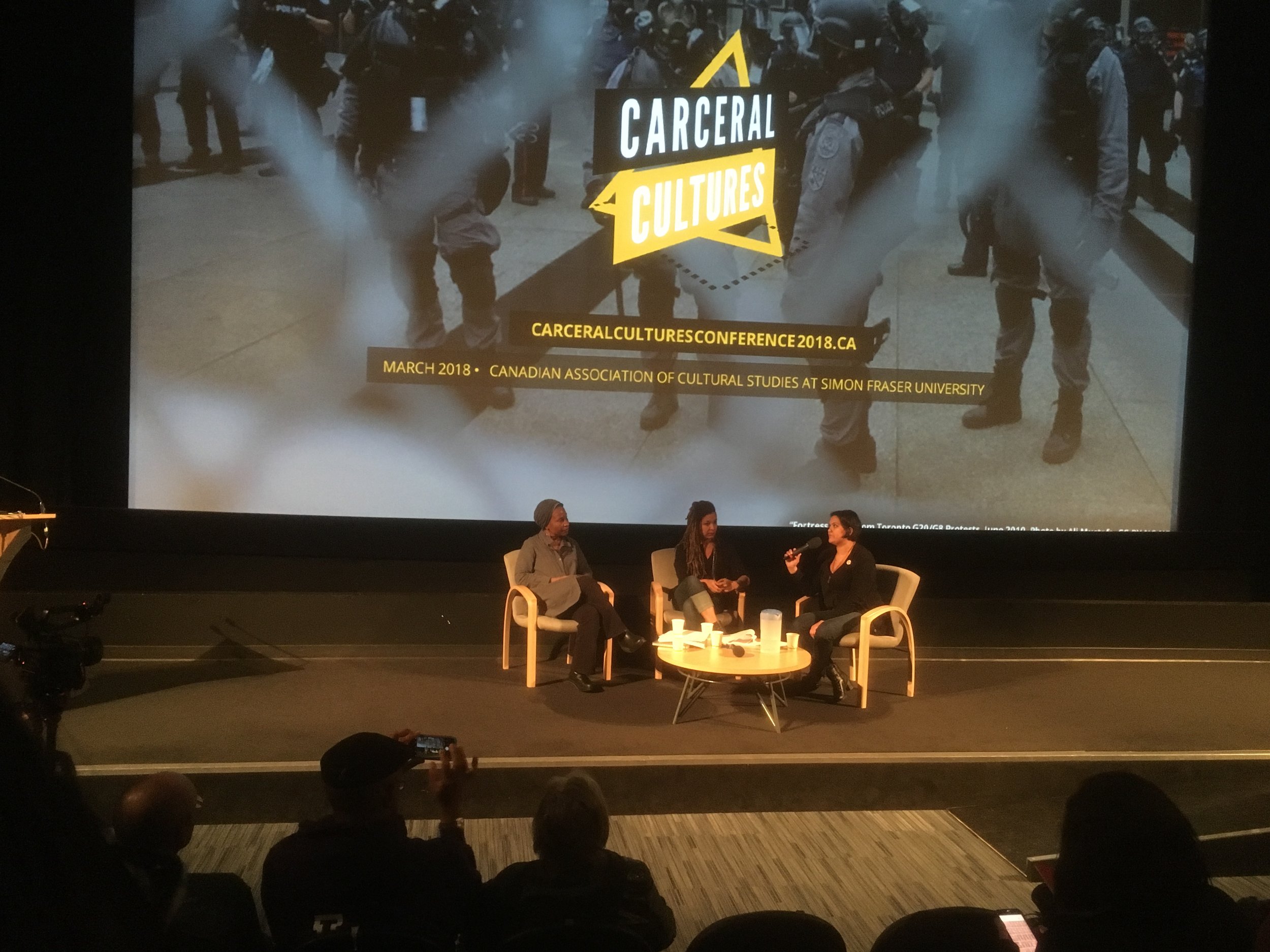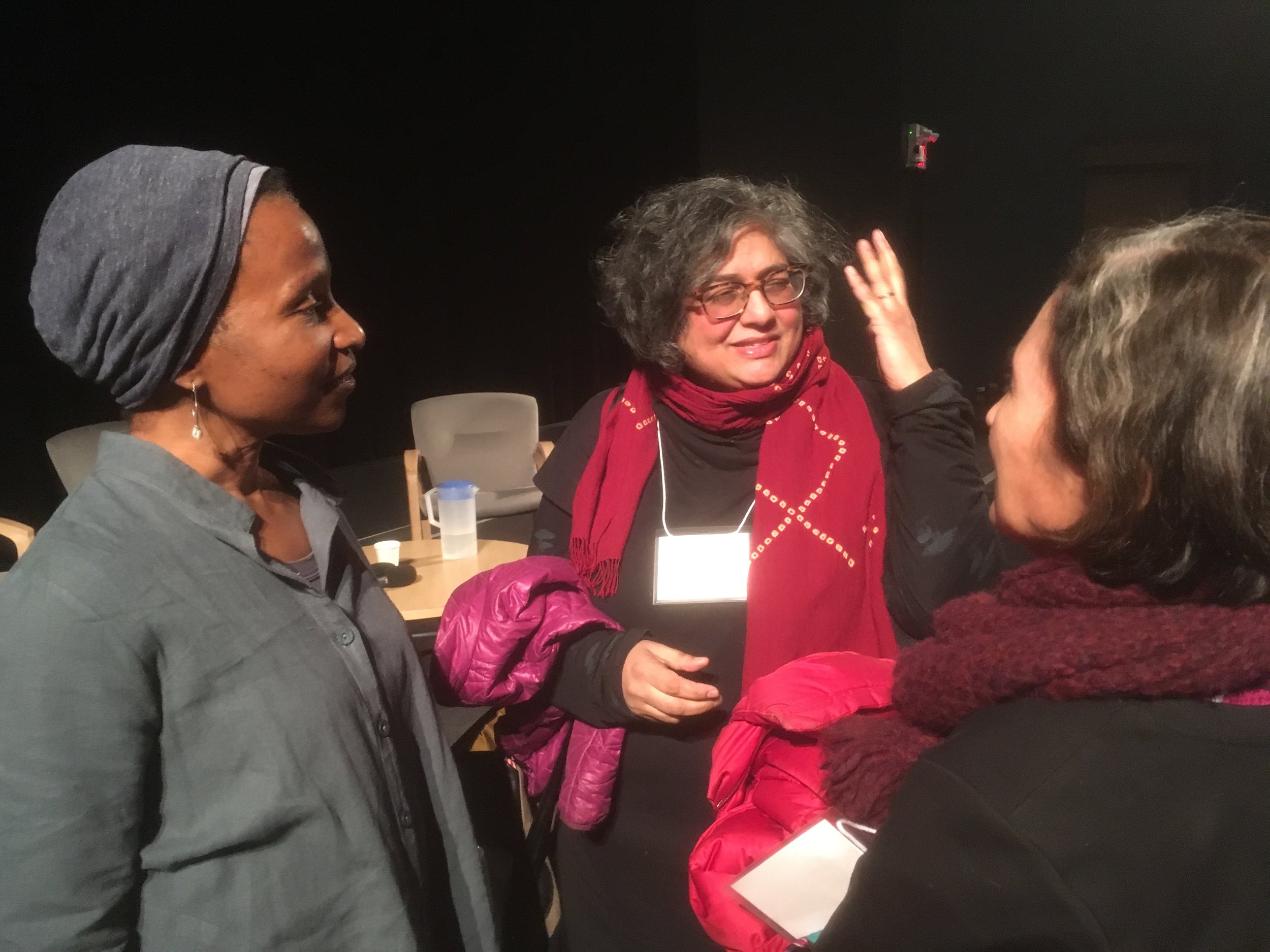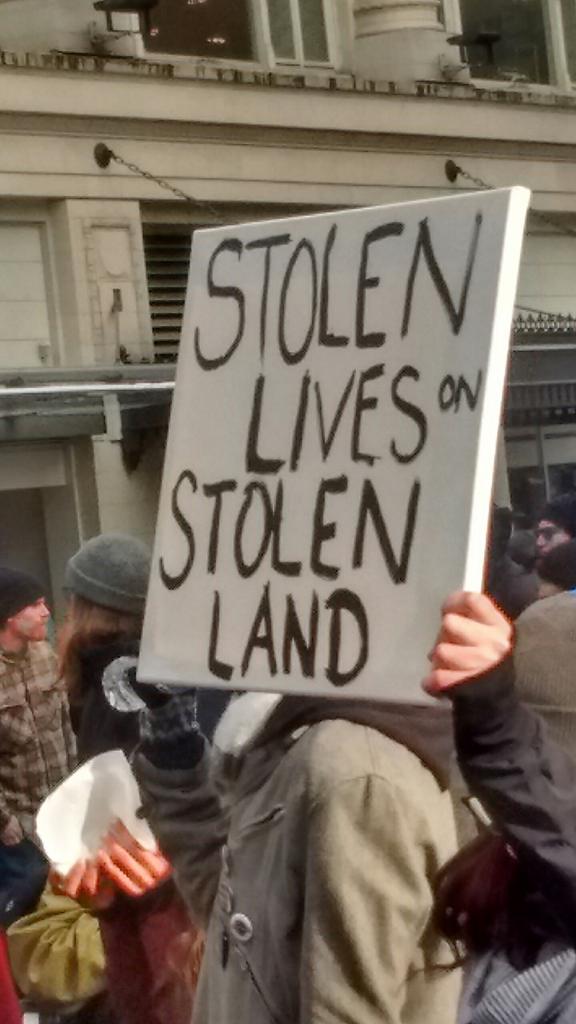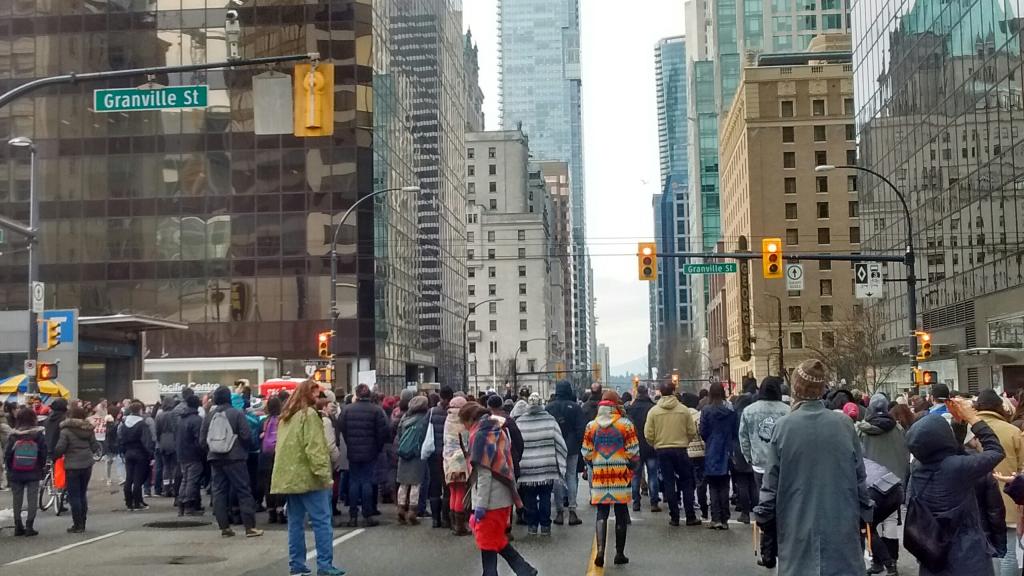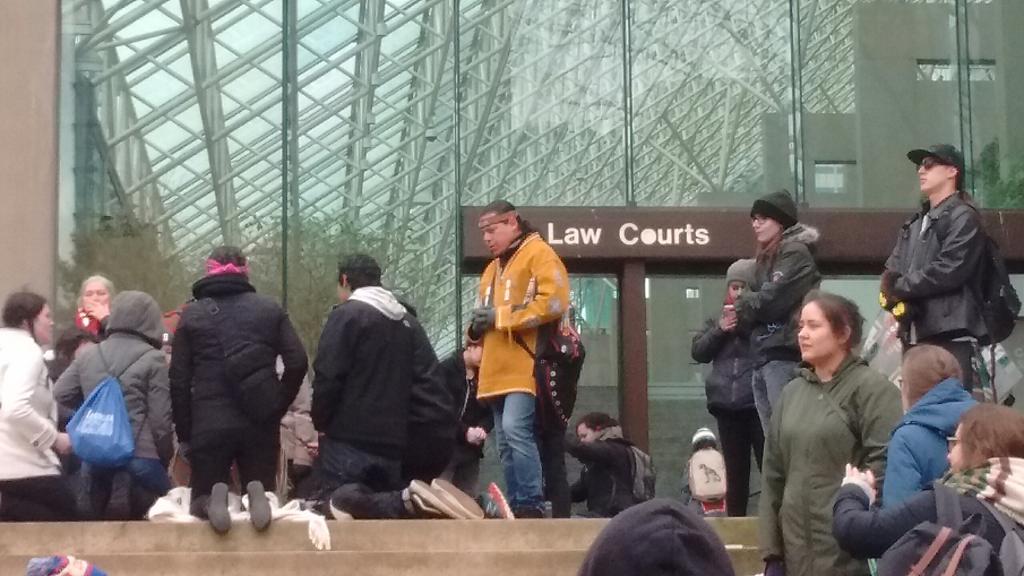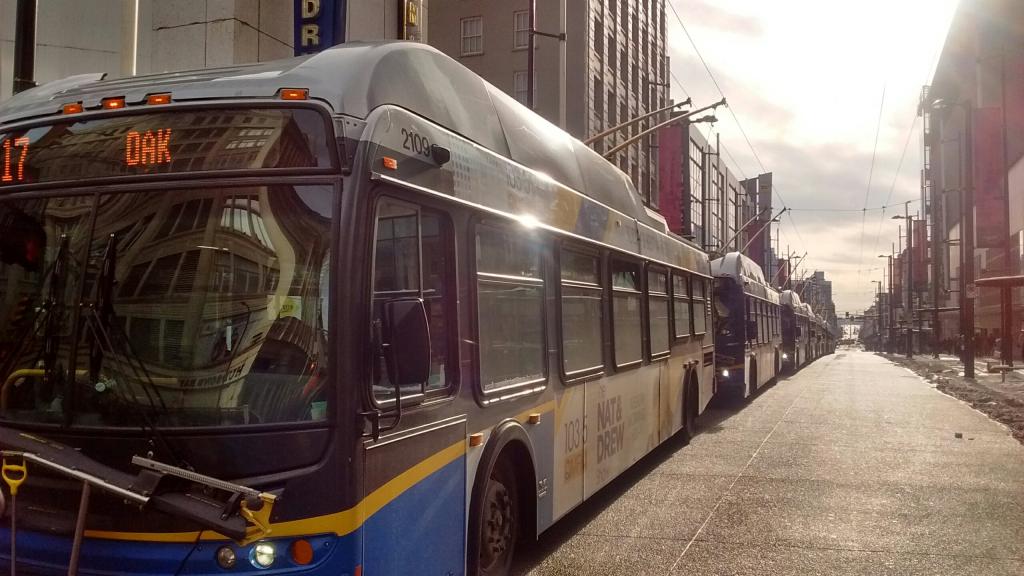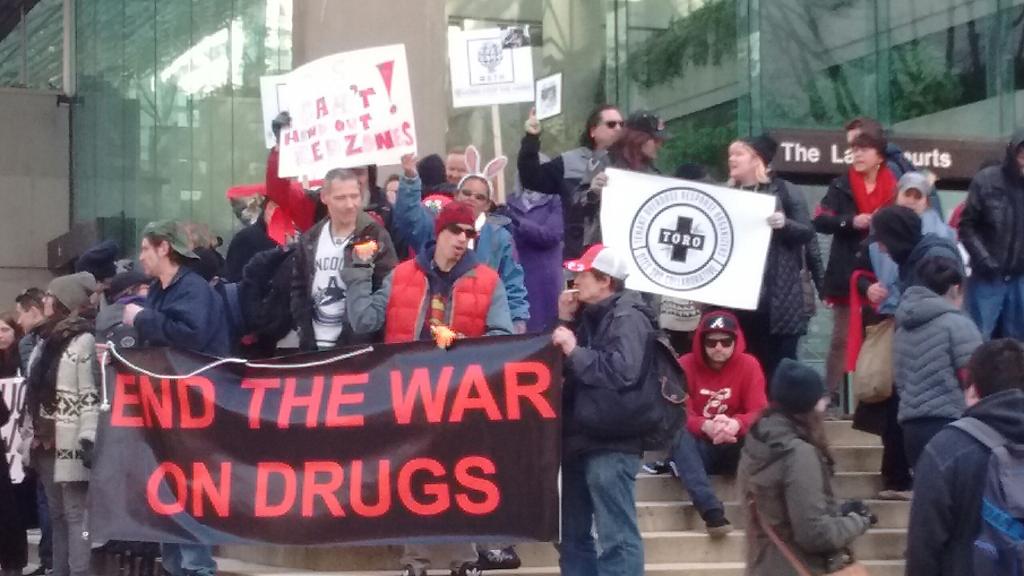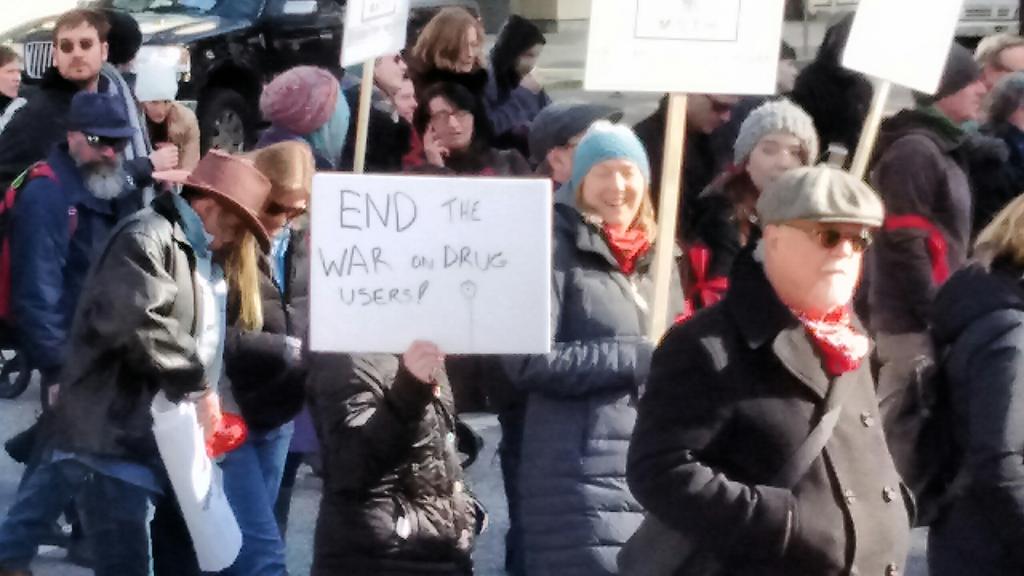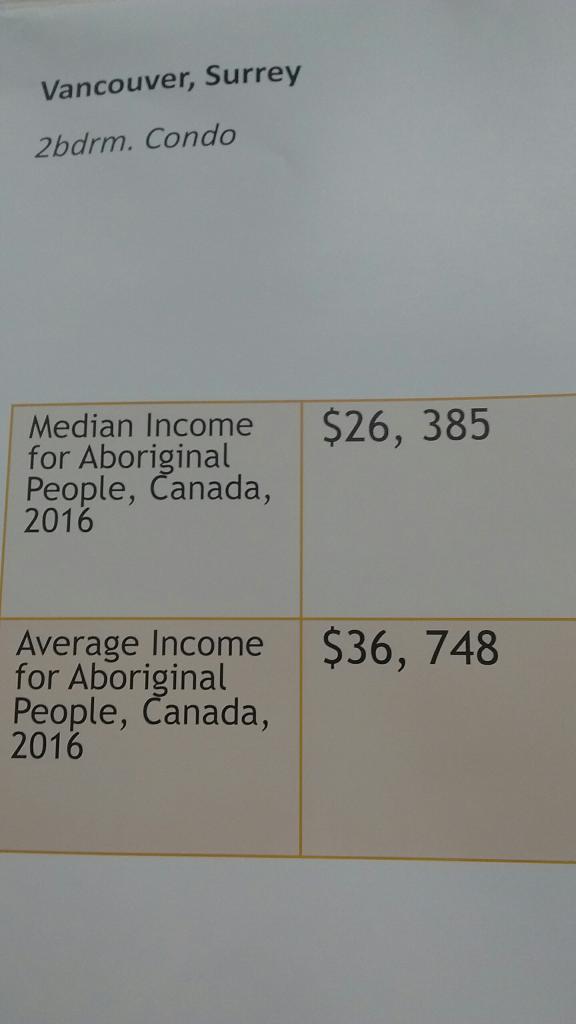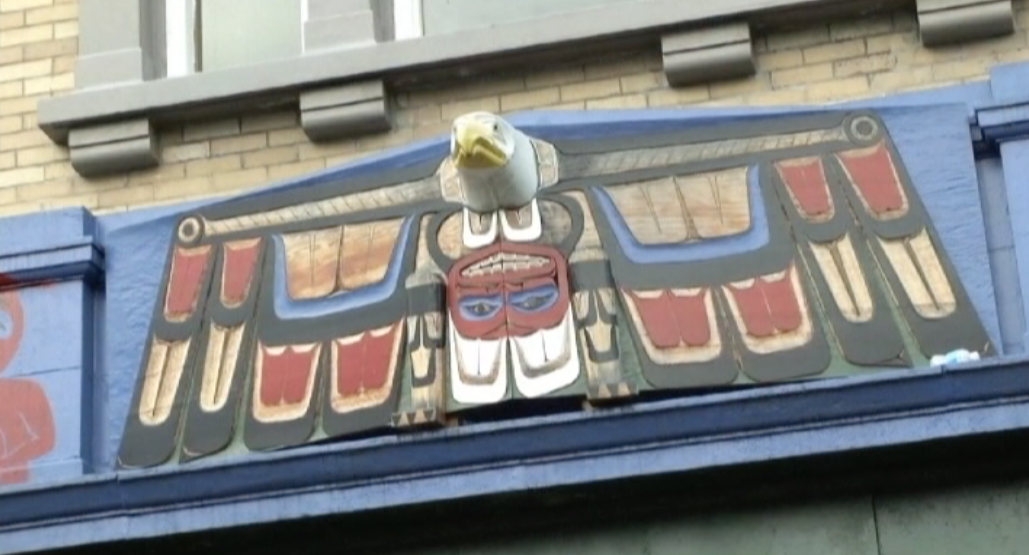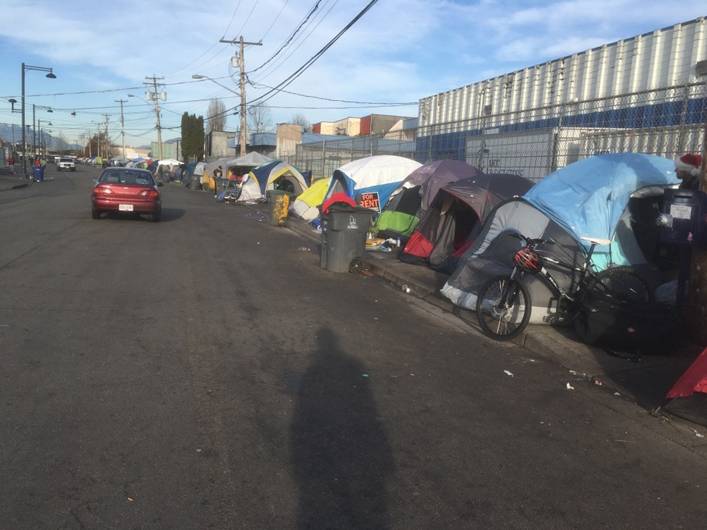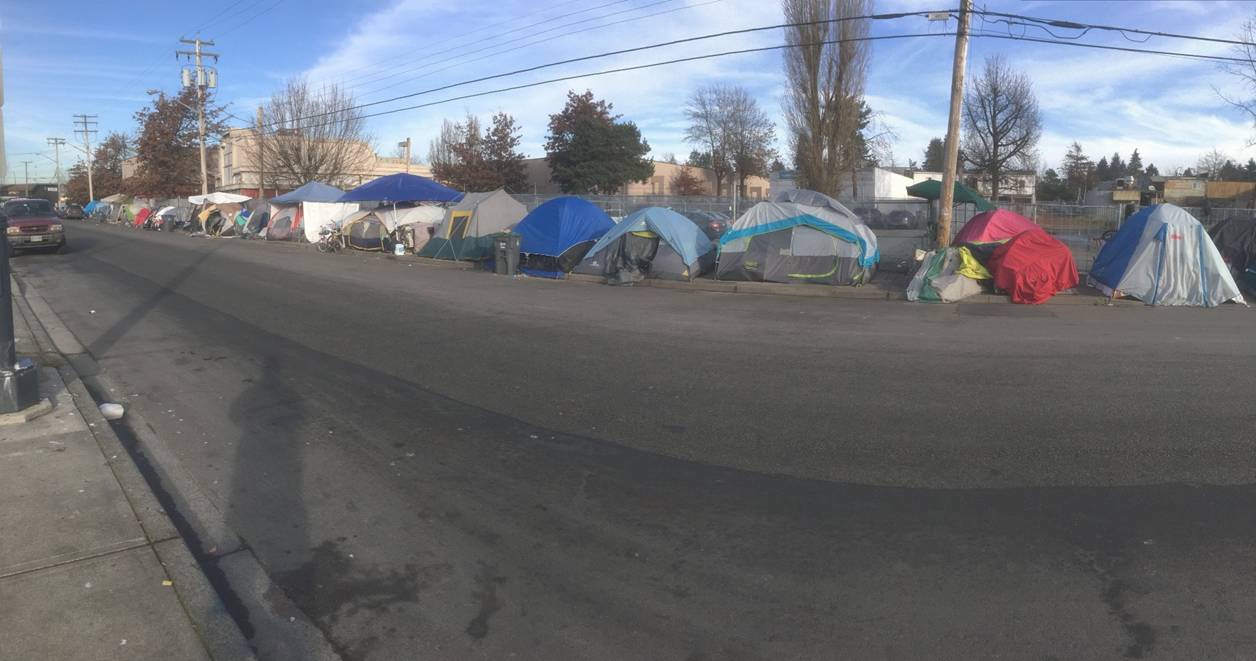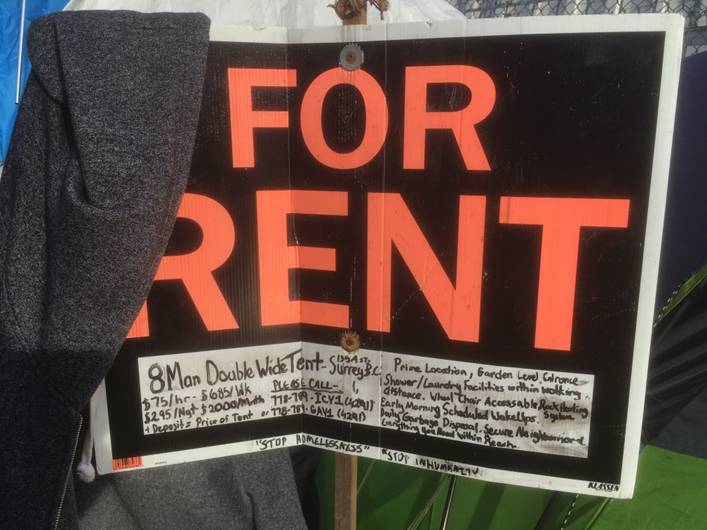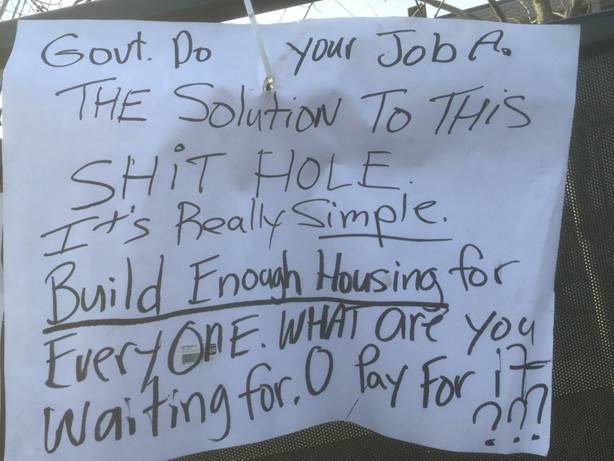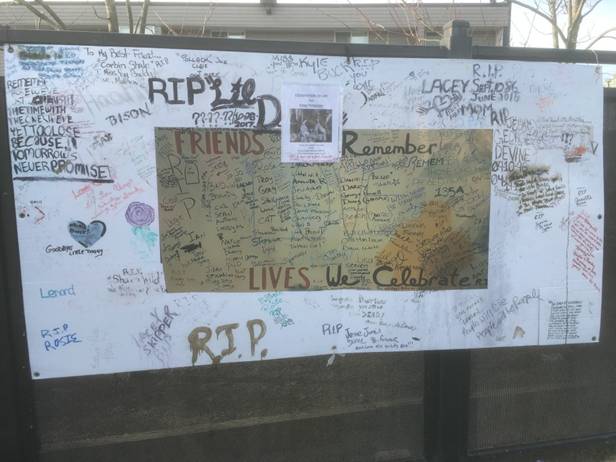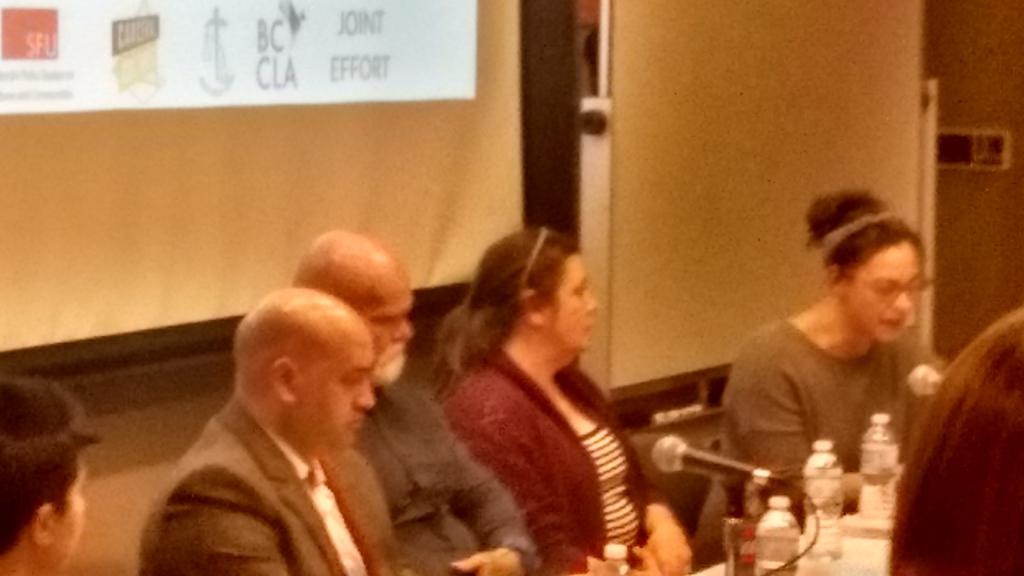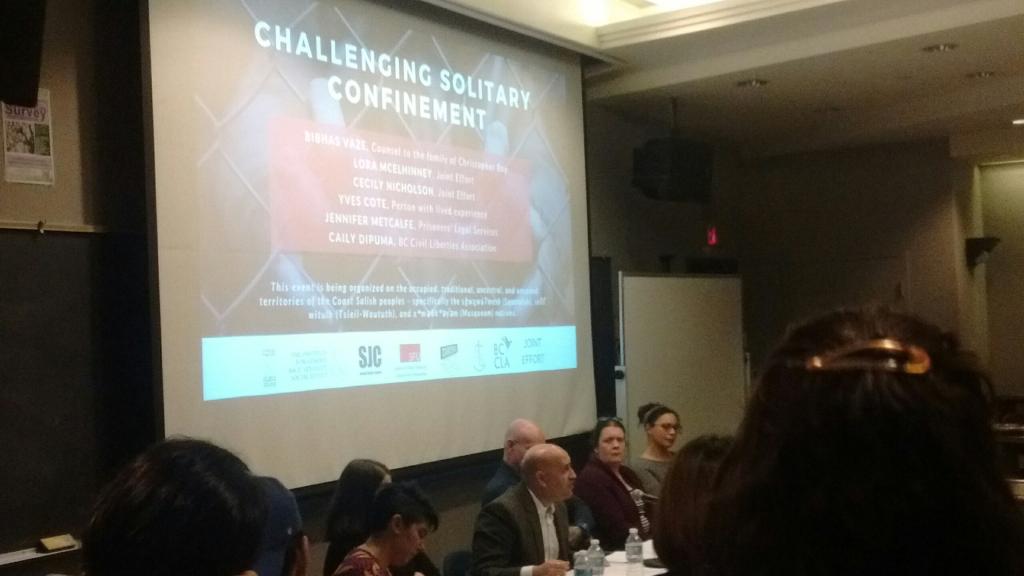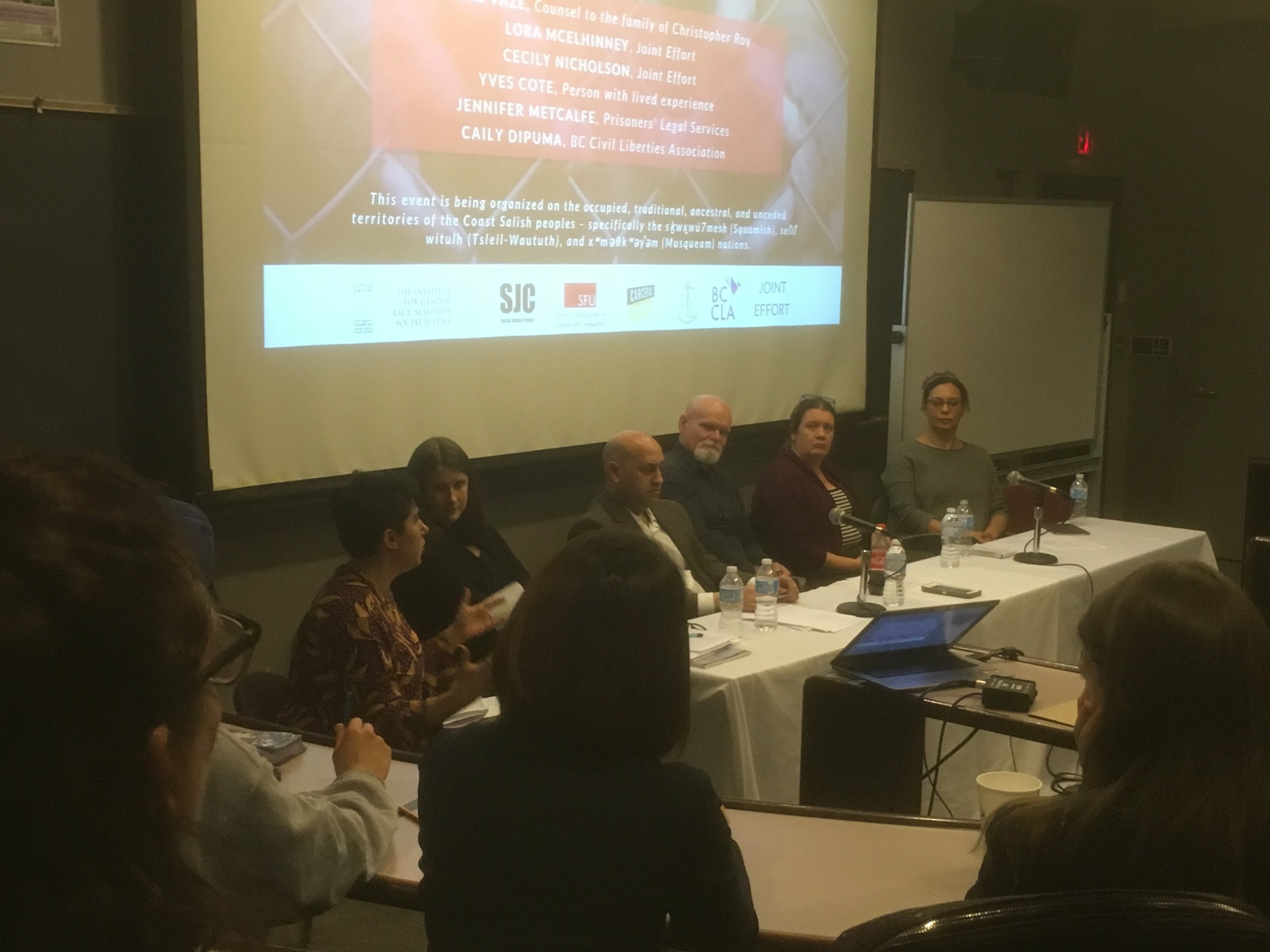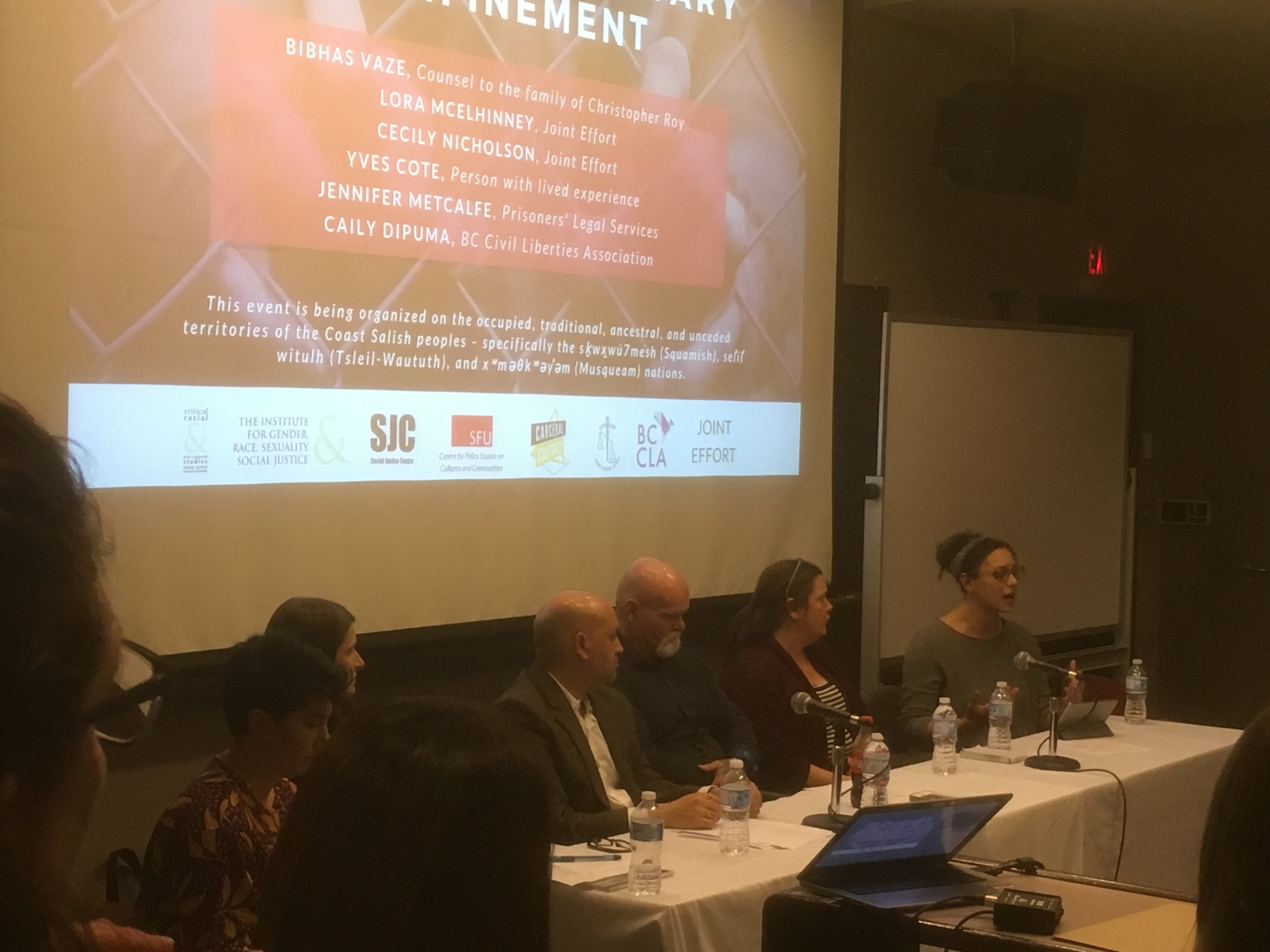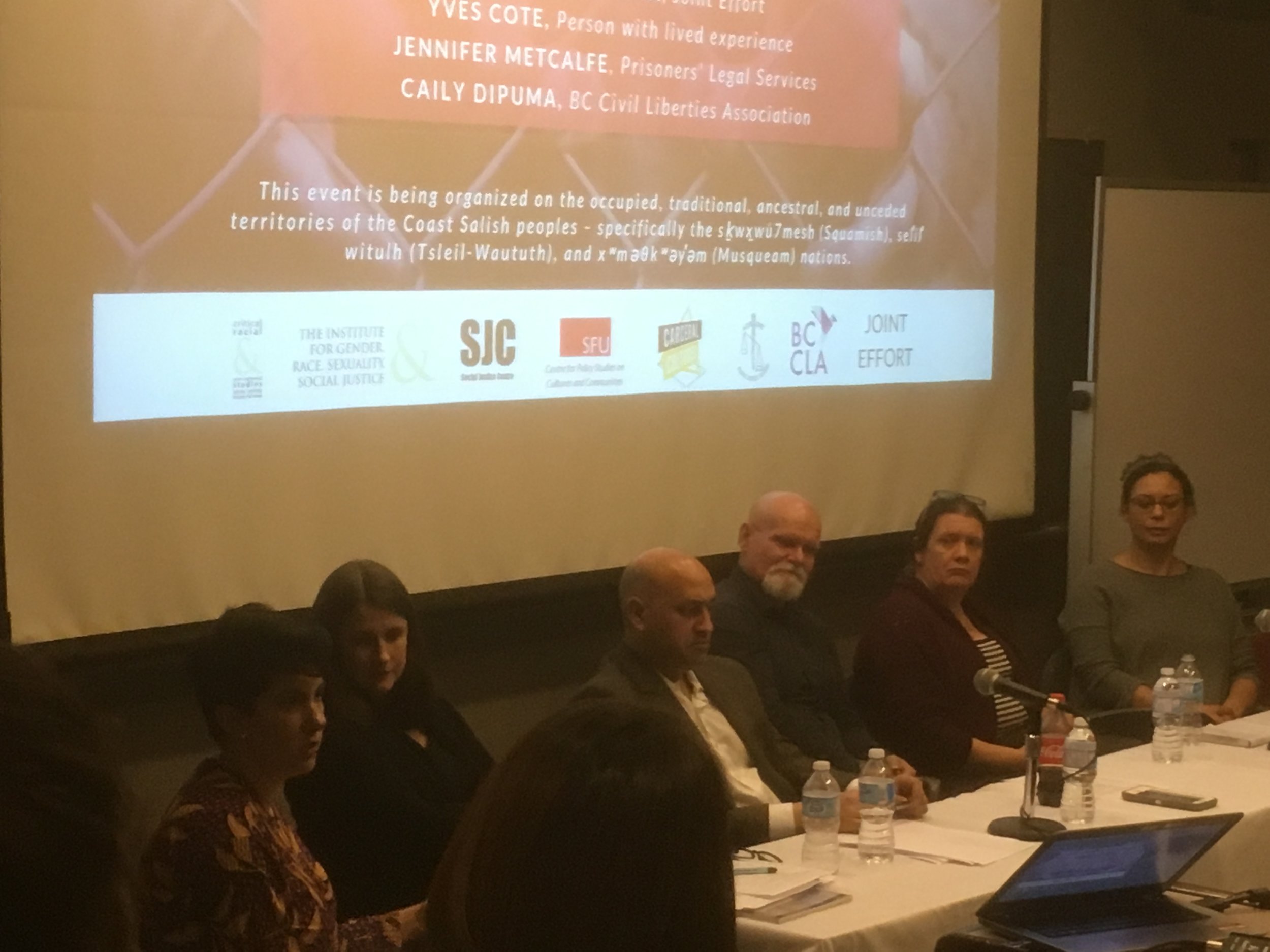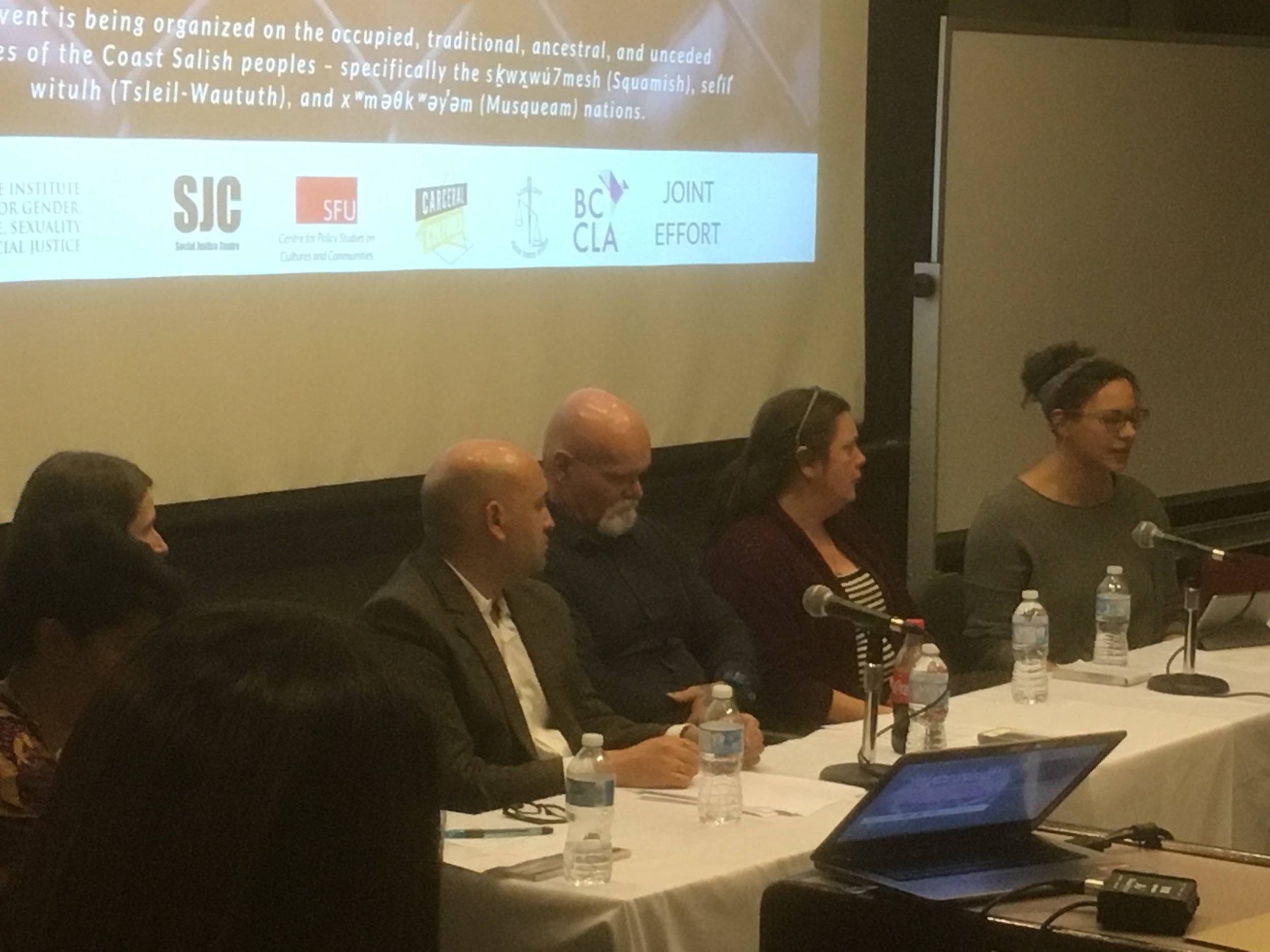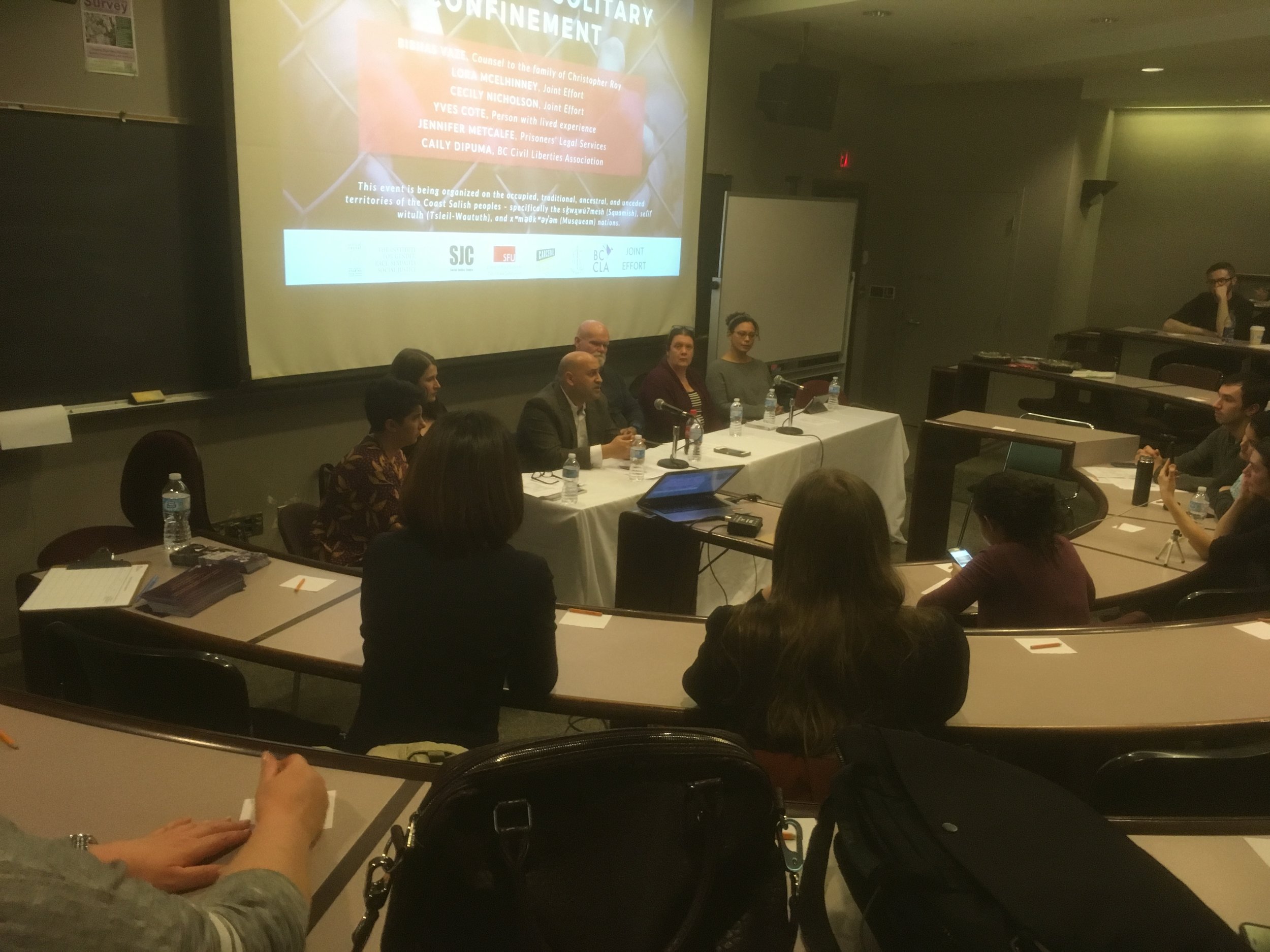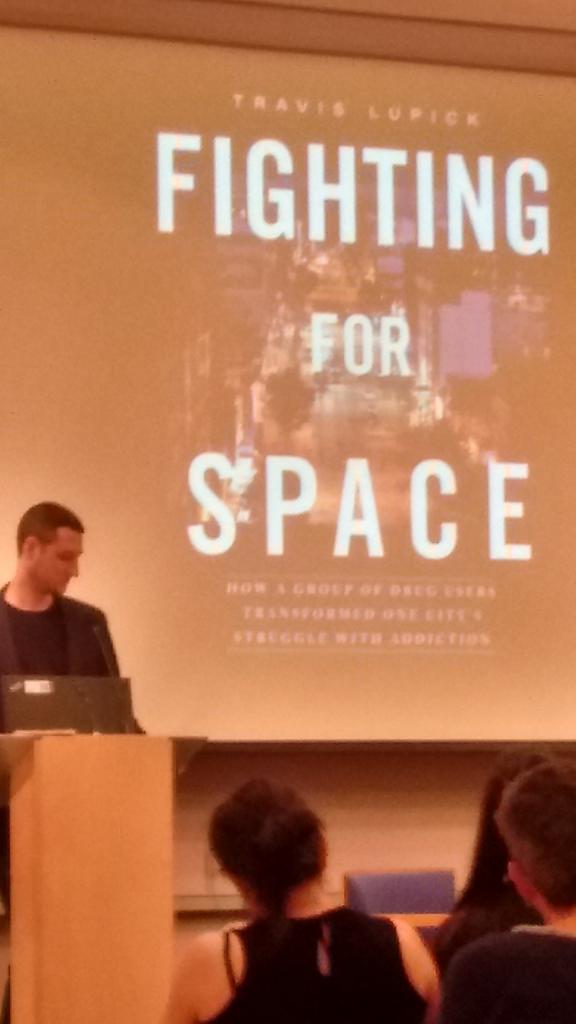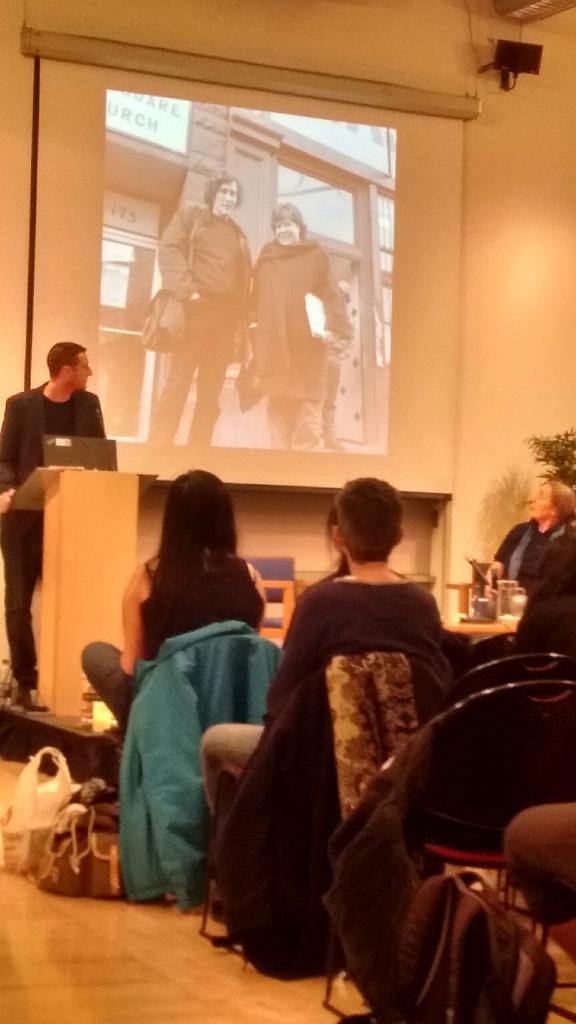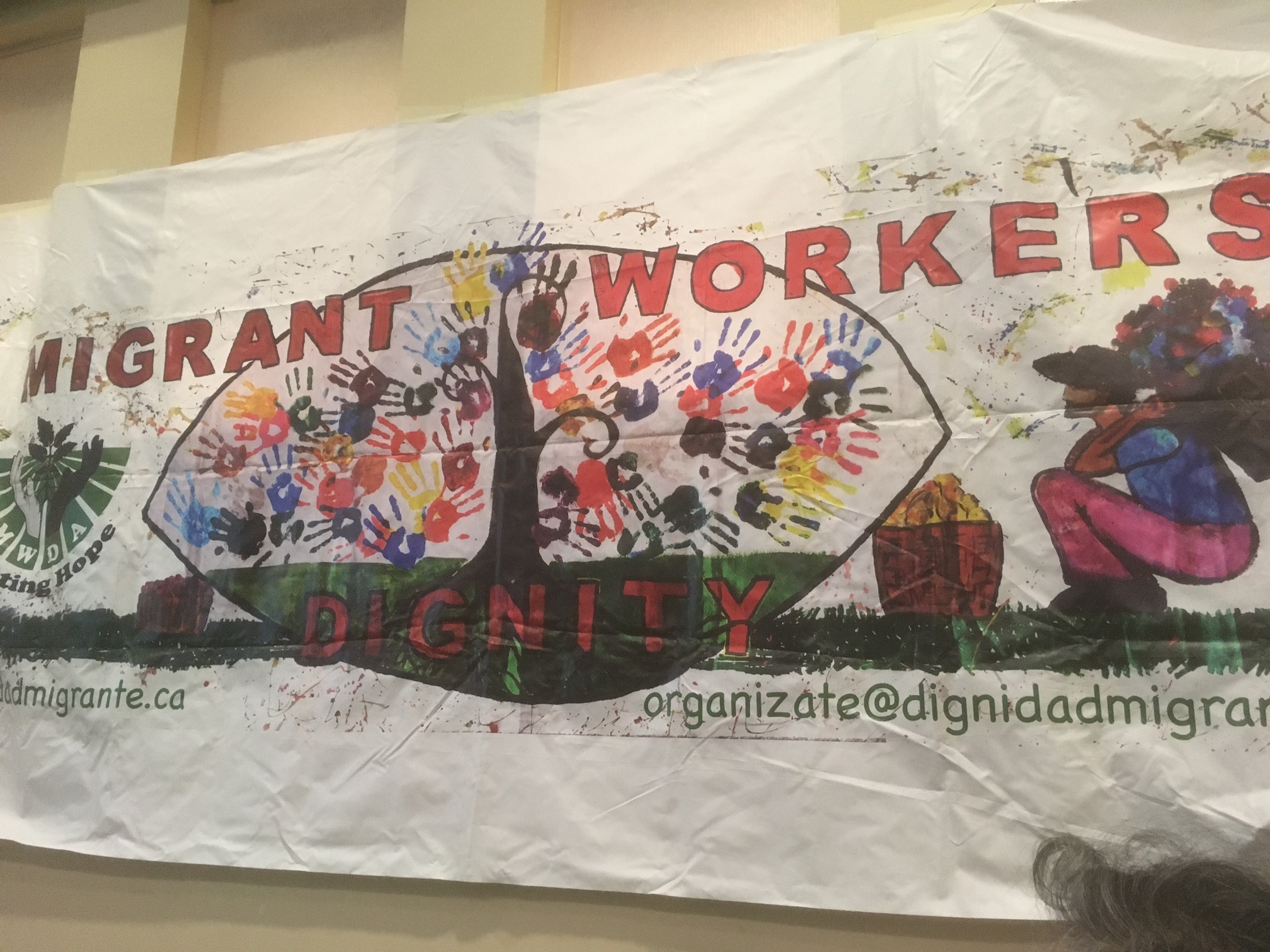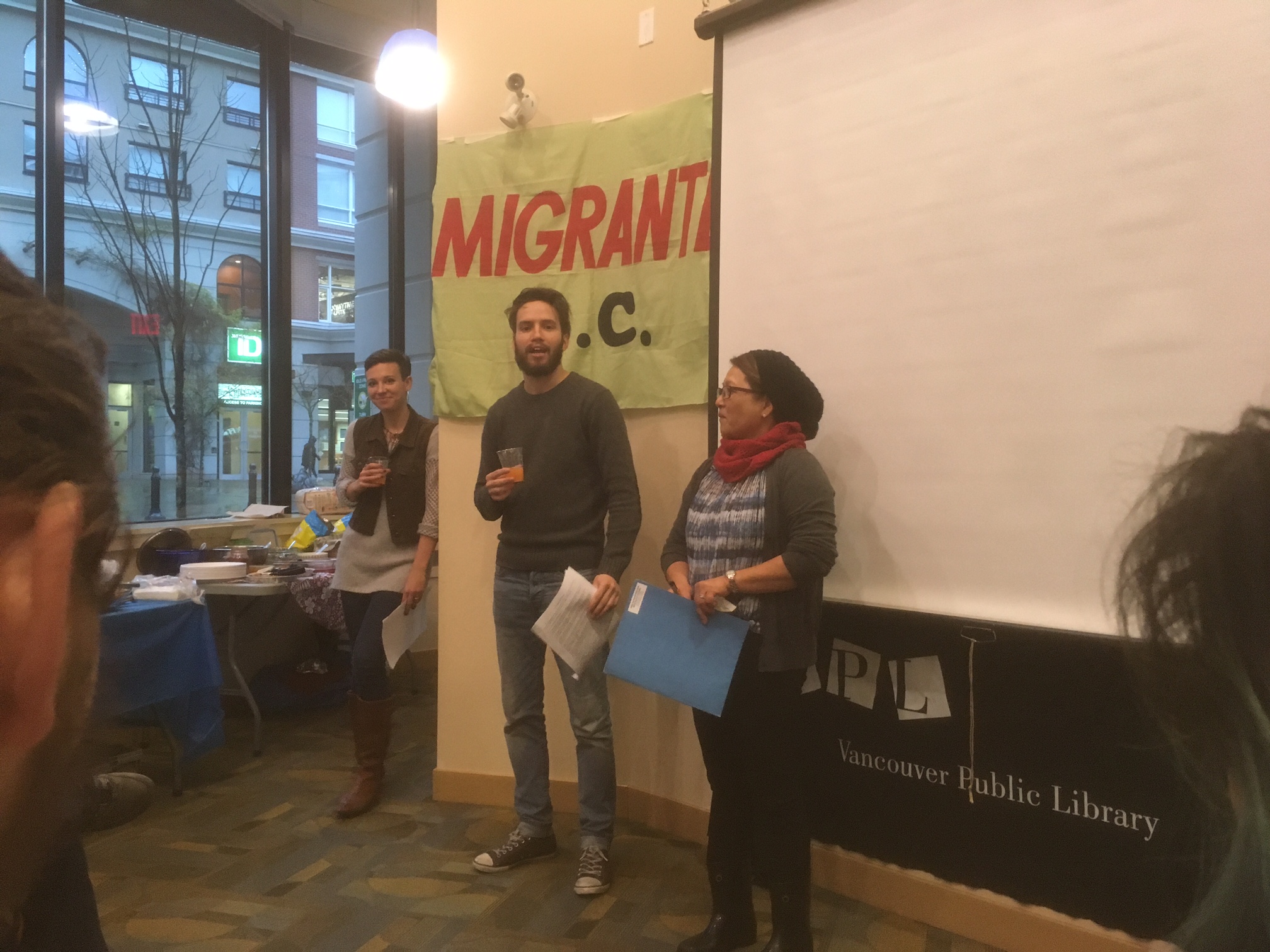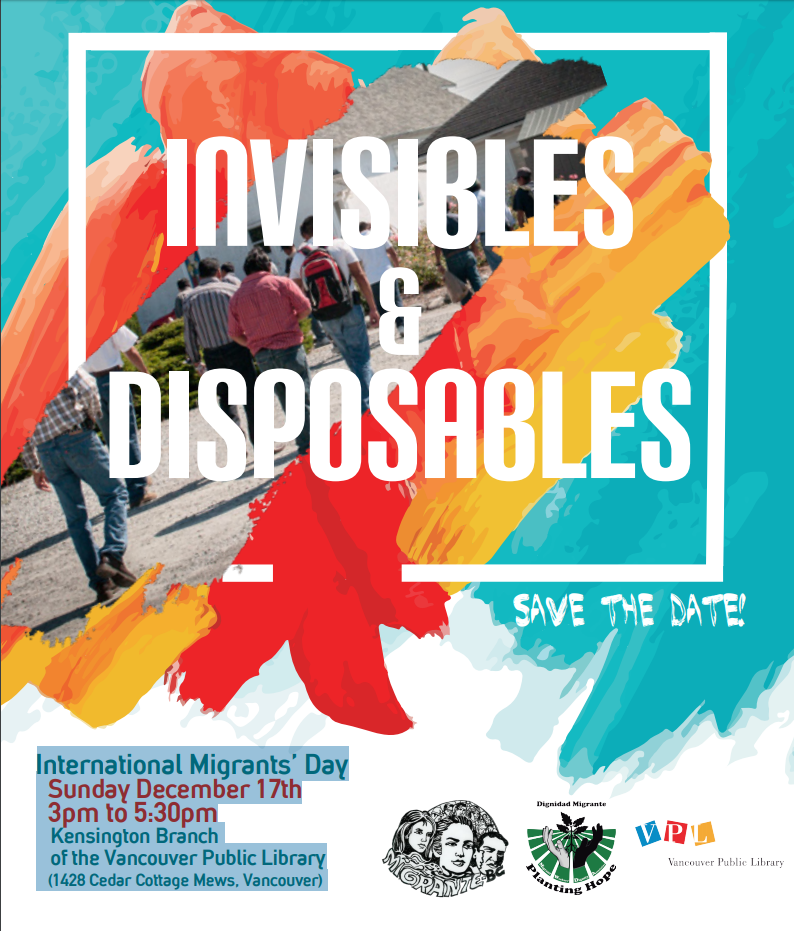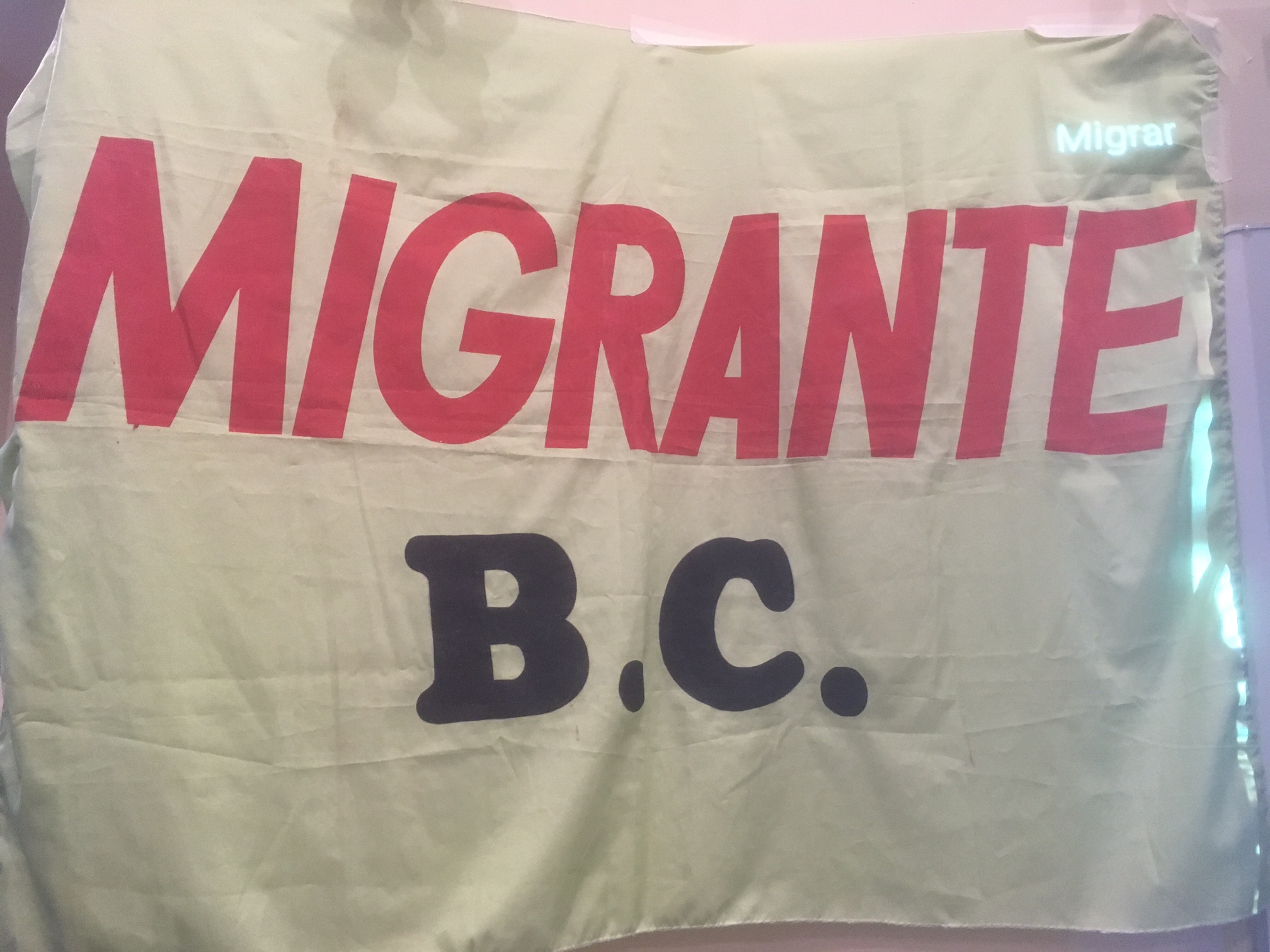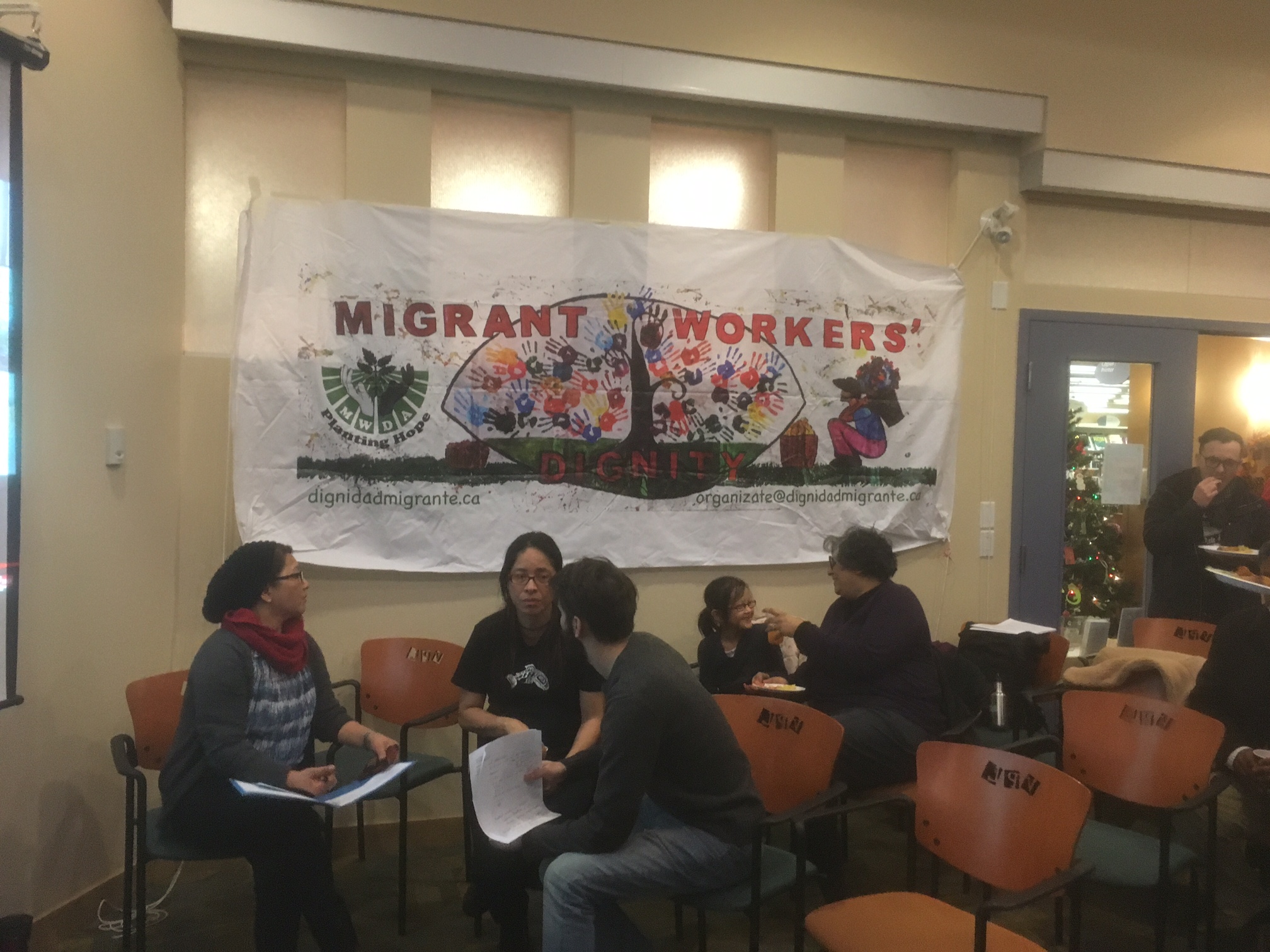By Jeff Shantz
In Canada, there is no formal, systematic process for documenting and recording the deaths of civilians through encounters with police. And there is no systematic reporting publicly of civilian deaths through police encounters. The main source tracking, documenting, and analysing police killings of civilians in Canada is the critical criminology project Killer Cops Canada. A baseline or minimum number of people who died through police encounters can be arrived at by review of oversight agency reports, coroners inquest reports, and close following of media articles. Based on this, we can say that there were at least 65 deaths of people in Canada through encounters with police officers. Of these, the majority, 29, were shot and killed by police. Here is some of the very limited information of what we know. We need to know much more.
1. Amleset Haile. Female. 60. January 2. Toronto, Ontario. Toronto Police Service. Self-inflicted. (Black woman).
2. Jimmy Cloutier. Male. 38. January 6. Montreal, Quebec. Montreal Police. Shot.
3. Ralph Stevens. Male. 27. January 7. Stoney Nakoda First Nation, Alberta. RCMP. Shot. (Indigenous man).
4. Nadia Racine. Female. 34. January 25. Gatineau, Quebec. Gatineau Police. In-custody.
5. Unnamed. Male. 20. February 11. Goodfare, Alberta. RCMP. In-custody.
6. Unnamed. Male. No Age Given. February 12. Winnipeg, Manitoba. Winnipeg Police Service. In-custody.
7. Moses Amik Beaver. Male. 56. February 13. Thunder Bay, Ontario. Thunder Bay Police. In-custody. (Indigenous Man).
8. Unnamed. Female. 20. March 6. Burlington, Ontario. Halton Regional Police Service.
9. Unnamed. Male. 28. March 6. Montreal, Quebec. Montreal Police. Heart attack.
10. Vitaly Savin. Male. 55. March 9. Edmonton, Alberta. Edmonton Police Service. Shot.
11. Unnamed. Male. 20. March 18. Pond Inlet. Nunavut. RCMP. Shot.
12. Unnamed. Male. March 24. 61. Chateauguay, Quebec. Sûreté du Québec.
13. Unnamed. Male. 40. April 1. Kelowna, British Columbia. RCMP. In-custody.
14. Unnamed. Male. 24. April 28. Puvirnituq, Quebec. Kativik Regional Police Force. In-custody.
15. Unnamed. Male. 39. May 2. Hall Beach. Nunavut. RCMP. Shot.
16. Unnamed. Male. 32. May 13. Fort McMurray, Alberta. RCMP. In-custody.
17. Unnamed. Male. 41. May 15. Beauceville, Quebec. Sûreté du Québec. Shot.
18. Unnamed. Male. 26. May 22. Cambridge, Ontario.
19. Unnamed. Female. No Age Given. May 27. Oak Bay, British Columbia. Victoria Police.
20. Unnamed. Male. 43. June 3. Smith Falls, Ontario. Ontario Provincial Police. Self-inflicted.
21. Unnamed. Male. 31. June 3. Ottawa, Ontario. Ottawa Police Service. Shot.
22. Unnamed. Male. No Age Given. June 18. Port Coquitlam, British Columbia. RCMP. Shot
23. Austin Eaglechief. Male. 22. June 19. Saskatoon, Saskatchewan. Saskatoon Police. Shot.
24. Pierre Coriolan. Male. 58. June 27. Montreal, Quebec. Montreal Police. Shot. (Black man).
25. Unnamed. Male. No Age Given. July 3. Edmonton, Alberta. Edmonton Police Service. Vehicle chase.
26. Unnamed. Male. No Age Given. July 5. Blaine Lake, Saskatchewan. RCMP. Self-inflicted.
27. Unnamed. Male. No Age Given. July 9. Quebec City, Quebec. Quebec City Police. Shot.
28. Dale Culvner. Male. 35. July 18. Prince George, British Columbia. RCMP. In-custody.
29. Marlon “Roland” Jerry McKay. Male. 50. July 19. Thunder Bay, Ontario. Thunder Bay Police. In-custody. (Indigenous man).
30. Shawn Davis. Male. 52. July 26. Chatham, Ontario. Chatham Police. “Sudden Death.”
31. Unnamed. Male. 66. July 30. Pointe-Calumet, Quebec. Vehicle chase.
32. Unnamed. Male. 25. August 10. Saint-Georges-de-Beauce, Quebec. Sûreté du Québec. Shot.
33. Unnamed. Female. 55. August 7. Edmonton, Alberta. Edmonton Police Service. In-custody.
34. Unnamed. Male. 23. August 20. La Sarre, Quebec. Sûreté du Québec. Shot.
35. Unnamed. Male. No Age Given. August 13. Winnipeg, Manitoba. In-custody.
36. Ozama Shaw. Male. 15. July 27. Mississauga, Ontario. Peel Region Police. Shot. (Black youth).
37. Unnamed. Male. 48. September 4. Sudbury, Ontario. Sudbury Police. In-custody.
38. Unnamed. Female. 26. September 4. Windsor, Ontario. Windsor Police Service. In-custody.
39. Unnamed Male. 26. September 6. Whitefish Lake First Nation, Alberta. RCMP. Shot.
40. Unnamed. Female. 46. September 9. Indian Head, Saskatchewan. RCMP. In-custody.
41. Unnamed. Male. 29. September 9. Edmonton, Alberta. Edmonton Police Service. Shot.
42. Adrian Lacquette. 23. September 13. Winnipeg, Manitoba. Winnipeg Police Service. Shot.
43. Unnamed. Male. 34. September 15. Windsor, Ontario. Windsor Police Service. In-custody.
44. Unnamed. Male. 33. September 23. Winnipeg, Manitoba. Winnipeg Police Service. Shot.
45. Sheila Walsh. Female. 65. September 25. Arnprior, Ontario. Ontario Provincial Police. Vehicle chase.
46. Unnamed. Female. No Age Given. October 2. Quesnel, British Columbia. RCMP. In-custody.
47. Nathan Wehlre. Male. 15. October 6. Highway 6, Ontario. Waterloo Regional Police. Vehicle chase.
48. Taryn Hewitt. Female. 16. October 6. Highway 6, Ontario. Waterloo Regional Police. Vehicle chase.
49. Cody Severight. Male. 23. October 10. Winnipeg, Manitoba. Winnipeg Police Service. Hit and run, officer DUI.
50. Unnamed. Male. 35. October 12. Qualicum Beach, British Columbia. RCMP. Shot.
51. Cavin Poucette. Male. 26. October 19. Gleichen, Alberta. RCMP. Shot. (Indigenous man).
52. Brydon Bryce Whitstone. Male. 22. October 22. North Battleford, Saskatchewan. (Indigenous man).
53. Tom Ryan. Male. 70. October 27. Cobourg, Ontario. Cobourg Police Service. Shot.
54. Unnamed. Male. 44. October 31. Brampton, Ontario. Peel Regional Police. During arrest.
55. Unnamed. Male. 23. November 8. Montreal, Quebec. Montreal Police. In-custody.
56. Bill Saunders. Male. 18. November 15. Lake Manitoba First Nation, Manitoba. Shot.
57. Unnamed. Male. 57. November 26. Toronto, Ontario. Toronto Police Service. In-custody.
58. David Tshitoya Kalubi. Male. 23. November 24. Montreal, Quebec. Montreal Police. In-custody. (Black youth).
59. Unnamed. Male. 52. December 6. Douglas, Ontario. Ontario Provincial Police. Shot.
60. Unnamed. Male. 25. December 13. Maple, Ontario. Toronto Police Service. Shot.
61. Babak Saidi. Male. 43. December 23. Morrisburg, Ontario. Ontario Provincial Police. Shot.
62. Unnamed. Male. December 24. Edmonton, Alberta. Edmonton Police Service. In-custody.
63. Unnamed. Male. 22. December 28. Umiujaq, Quebec. Shot.
64. Unnamed. Male. 36. December 28. Danford Lake, Quebec. Sûreté du Québec. Shot
65. Unnamed. Male. No Age Given. December 30. Mississauga, Ontario. Peel Regional Police. Shot.
